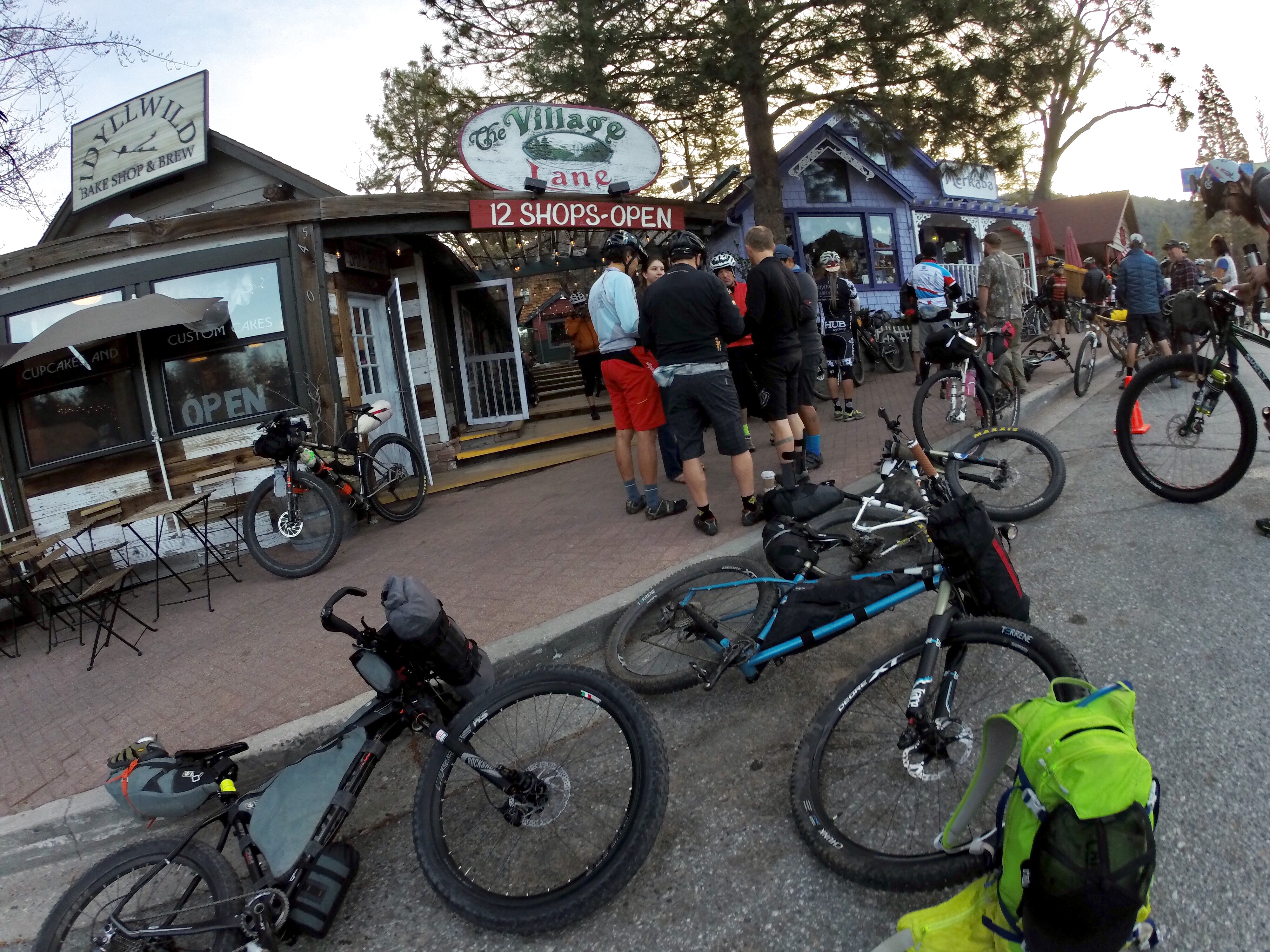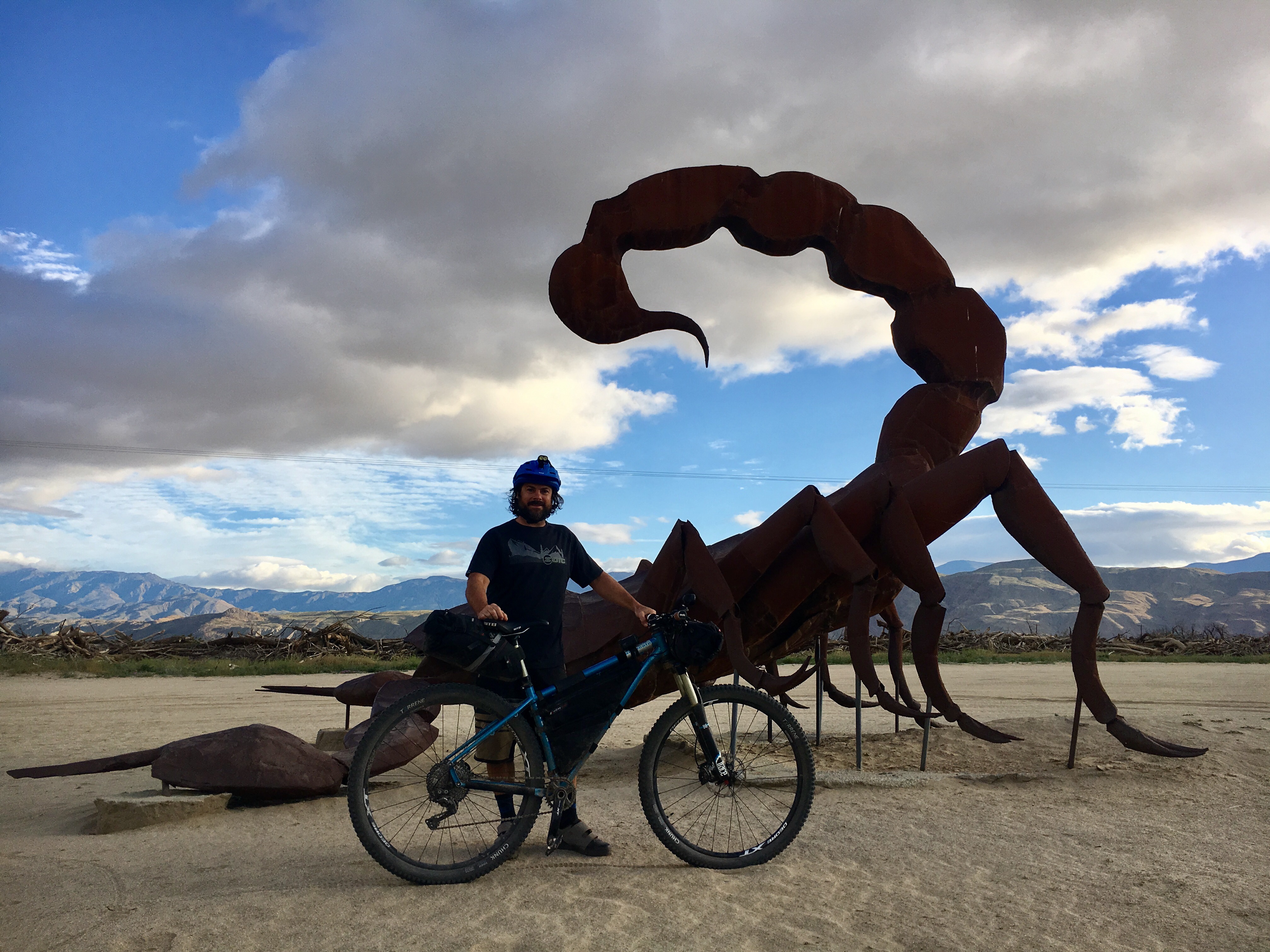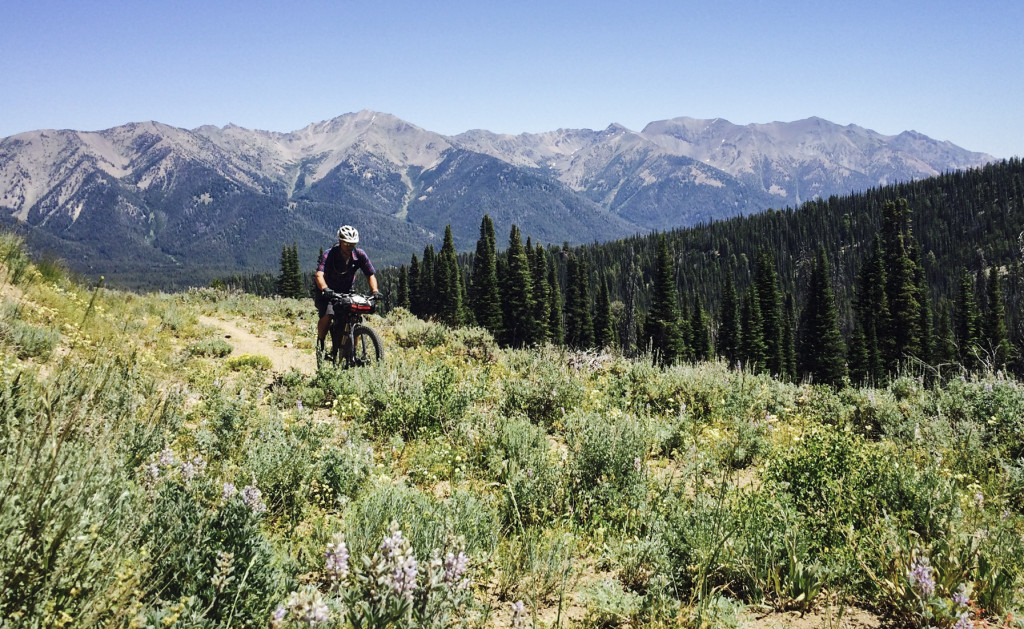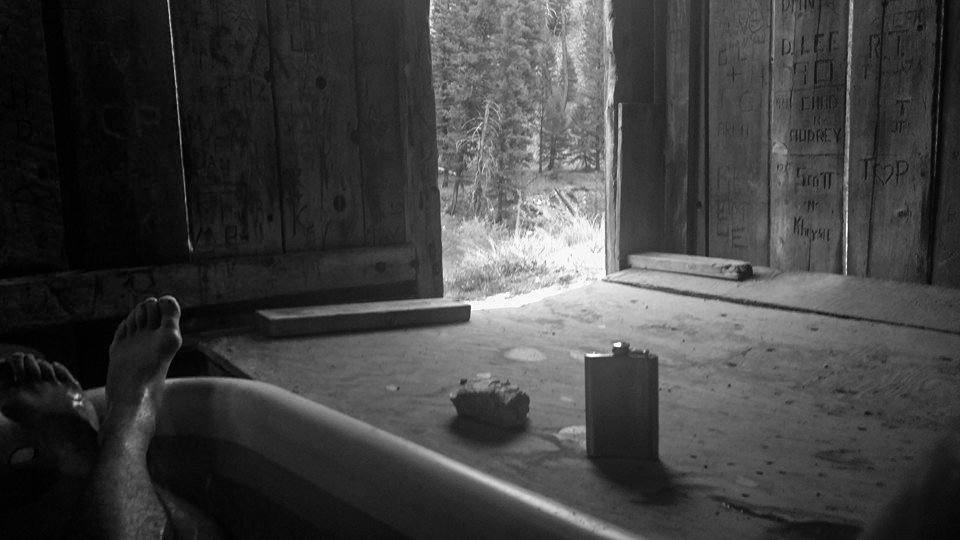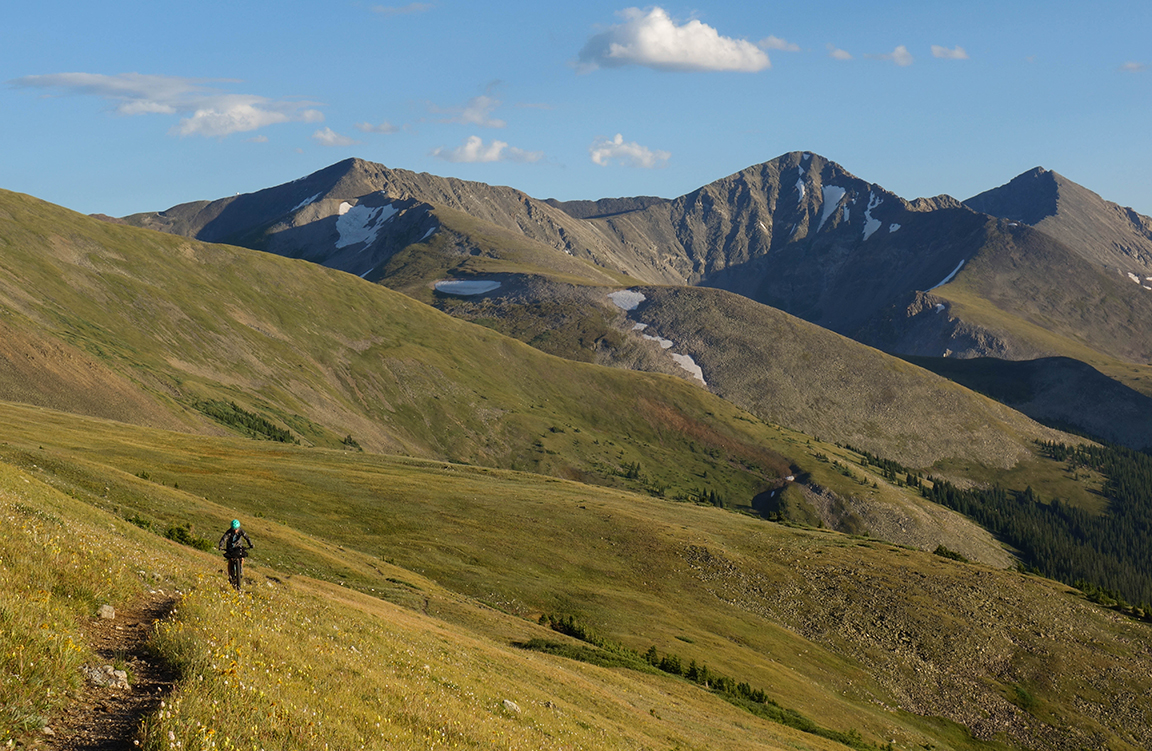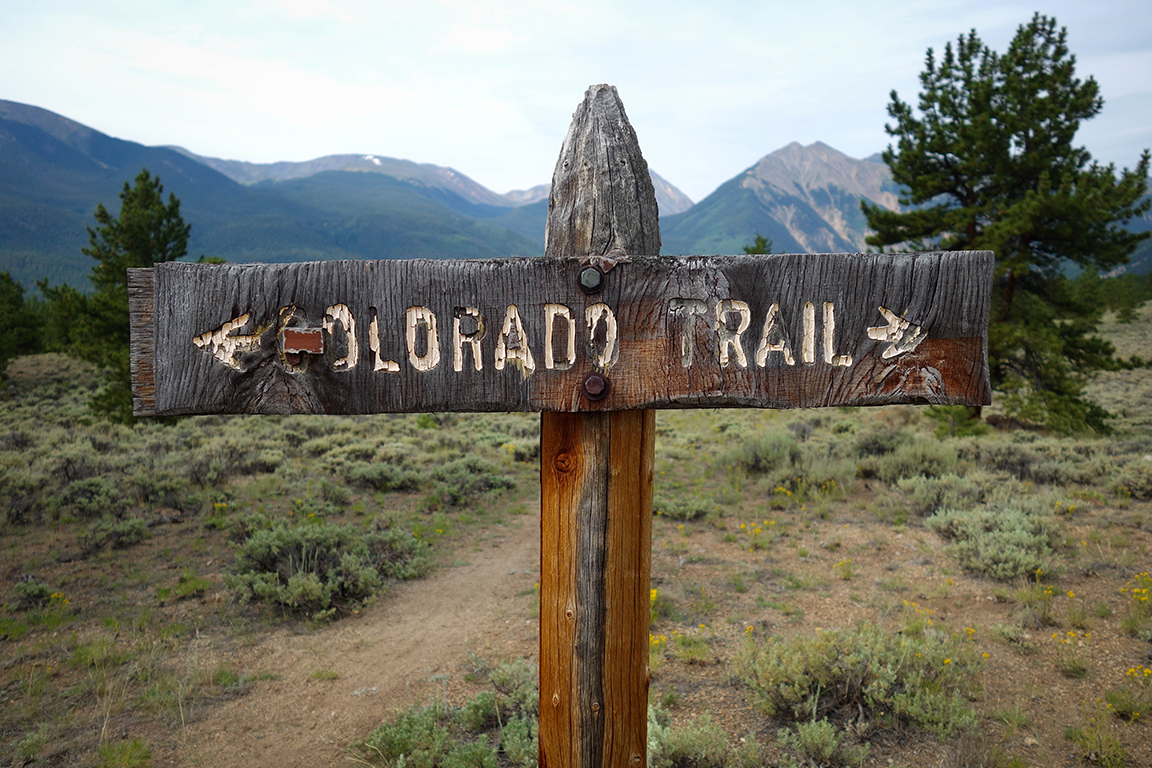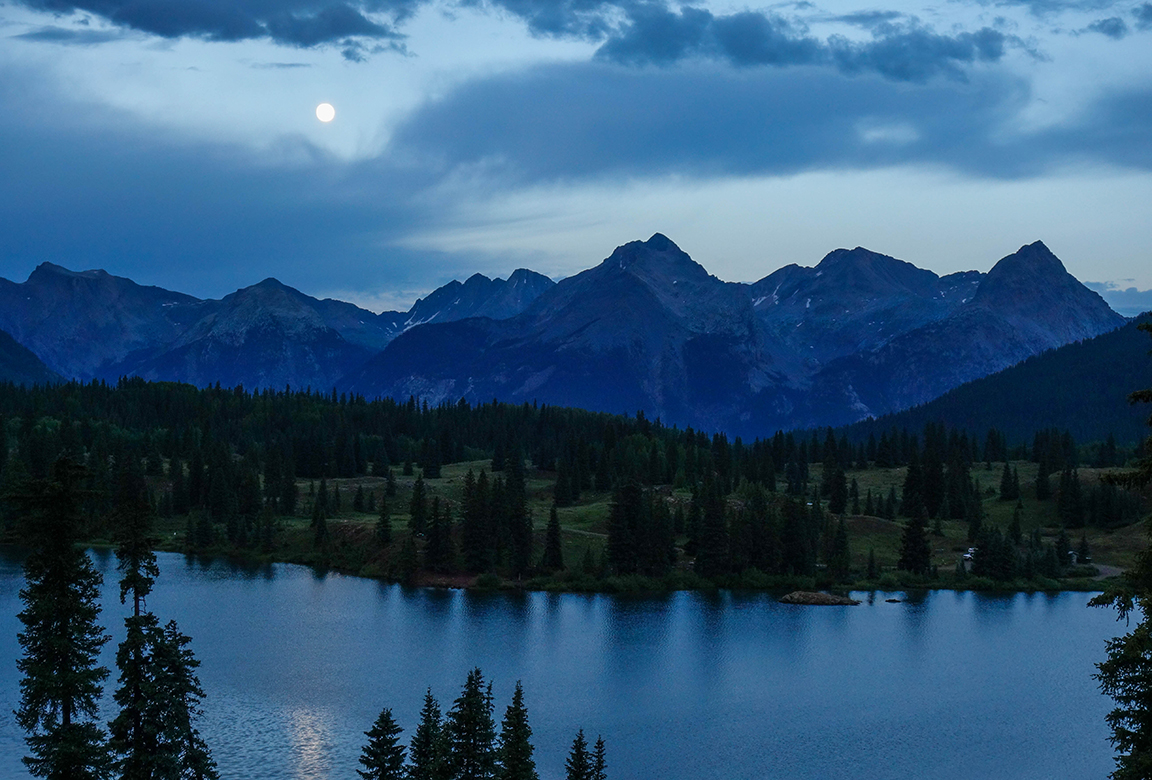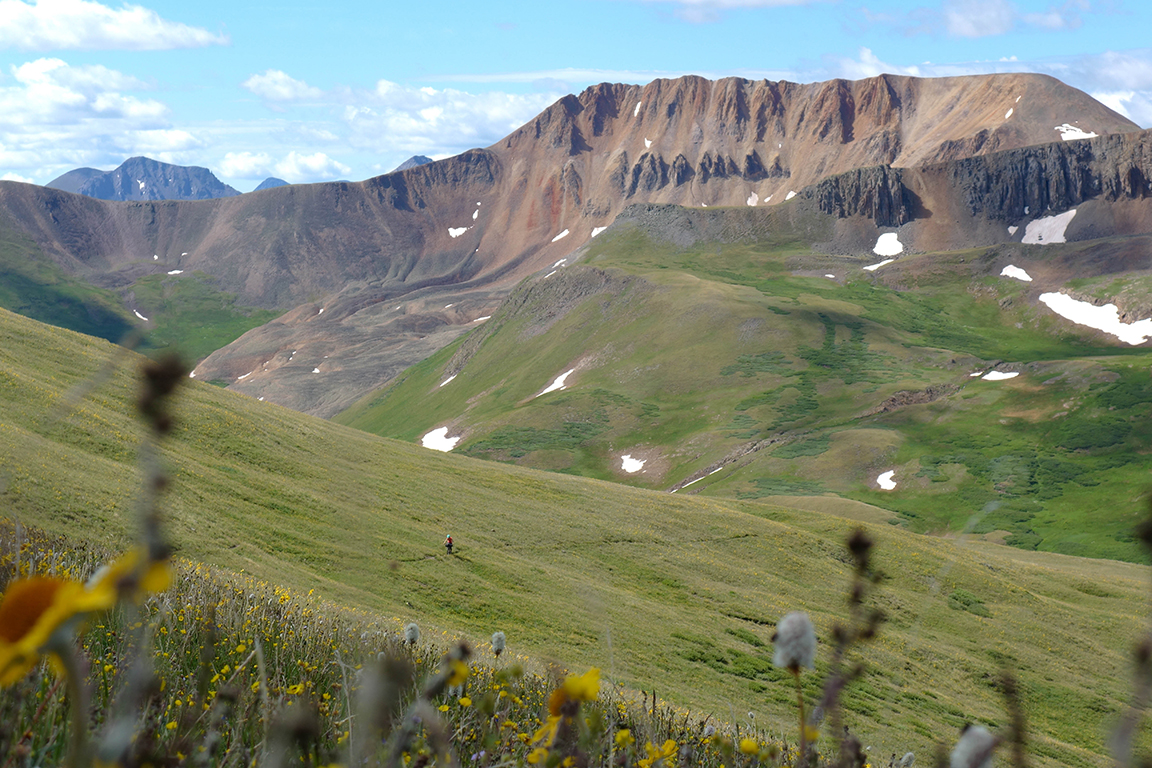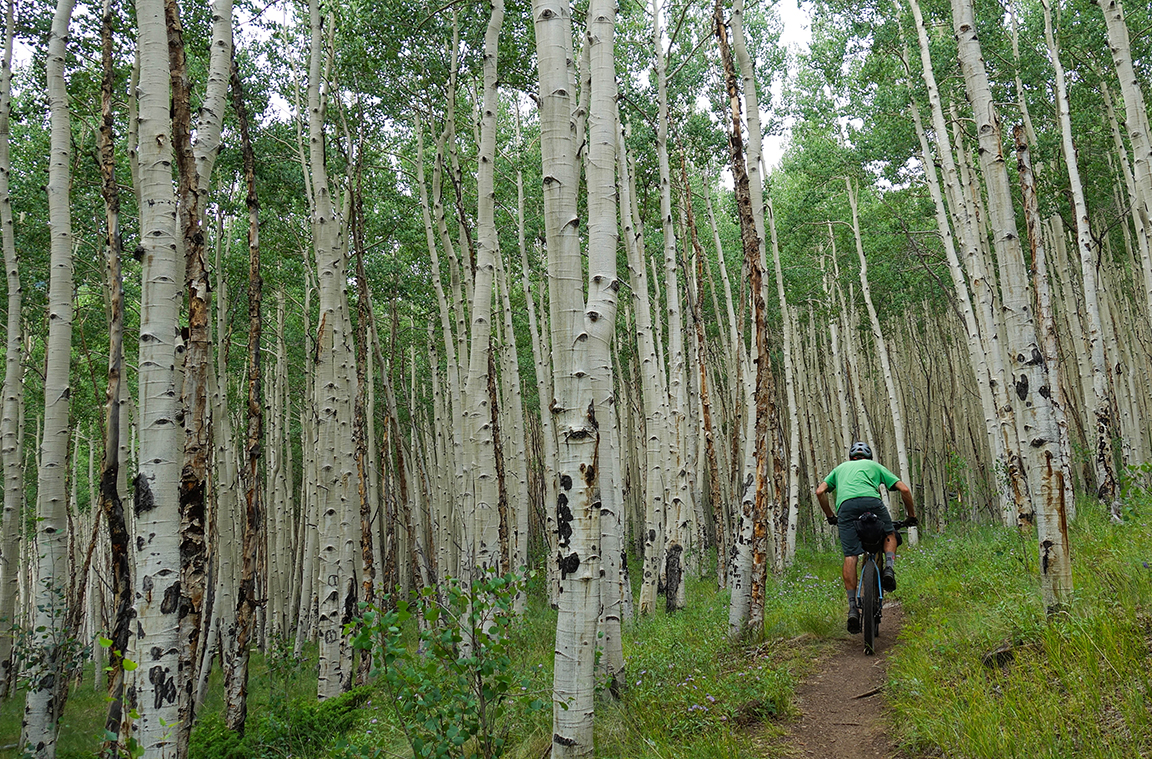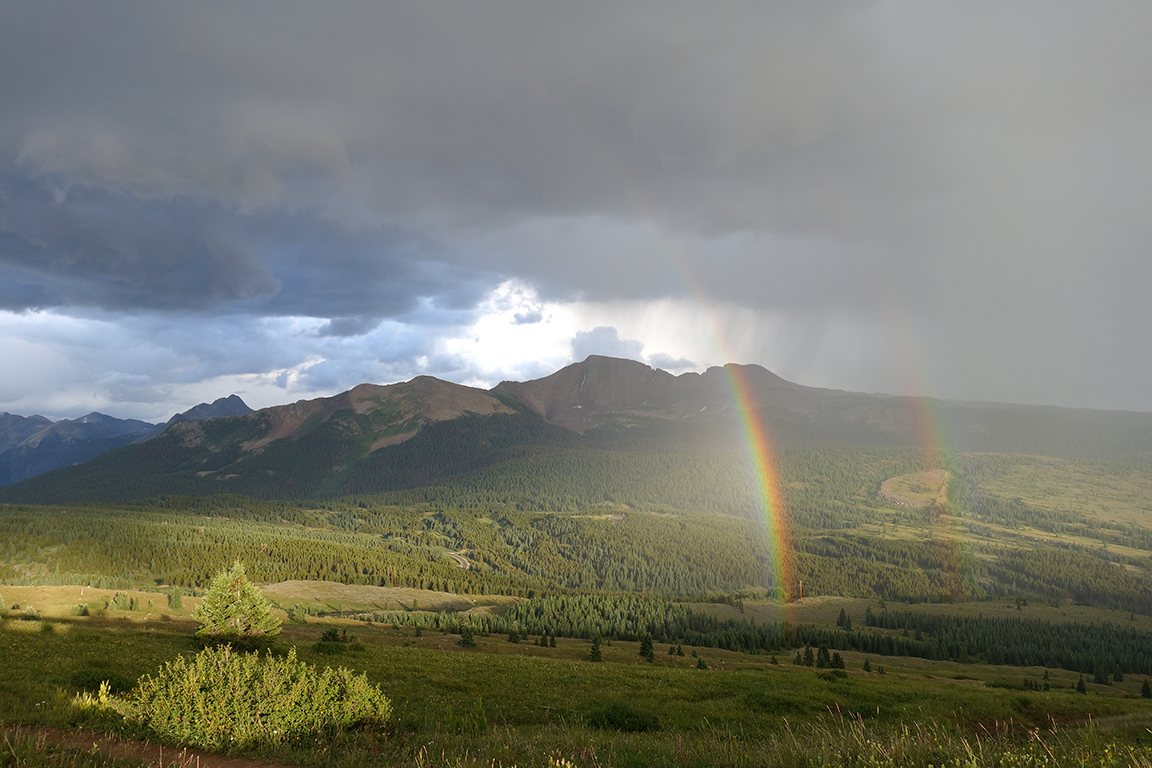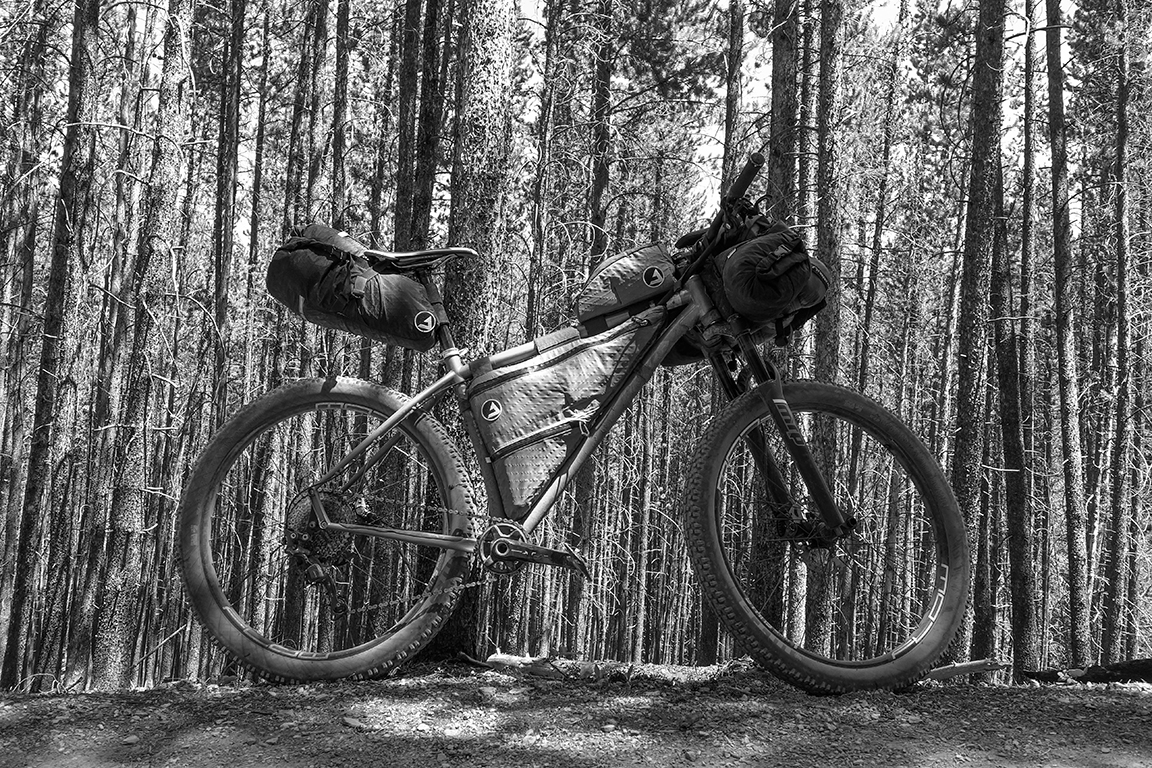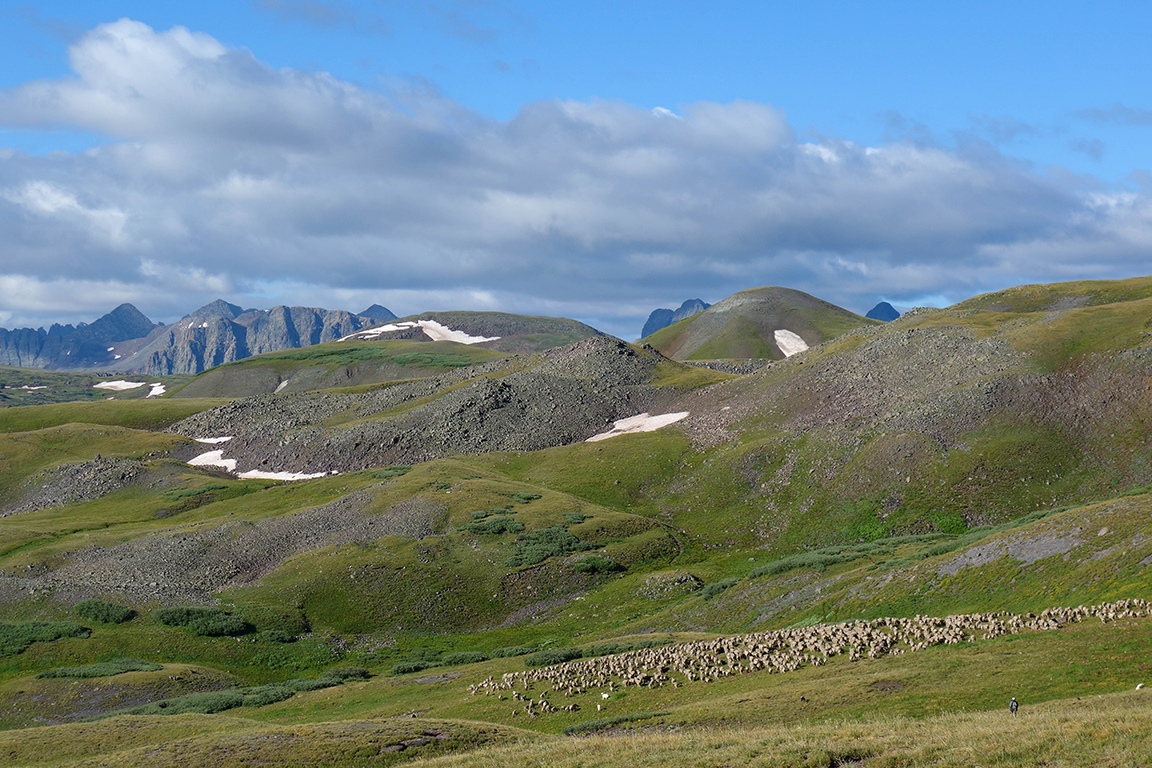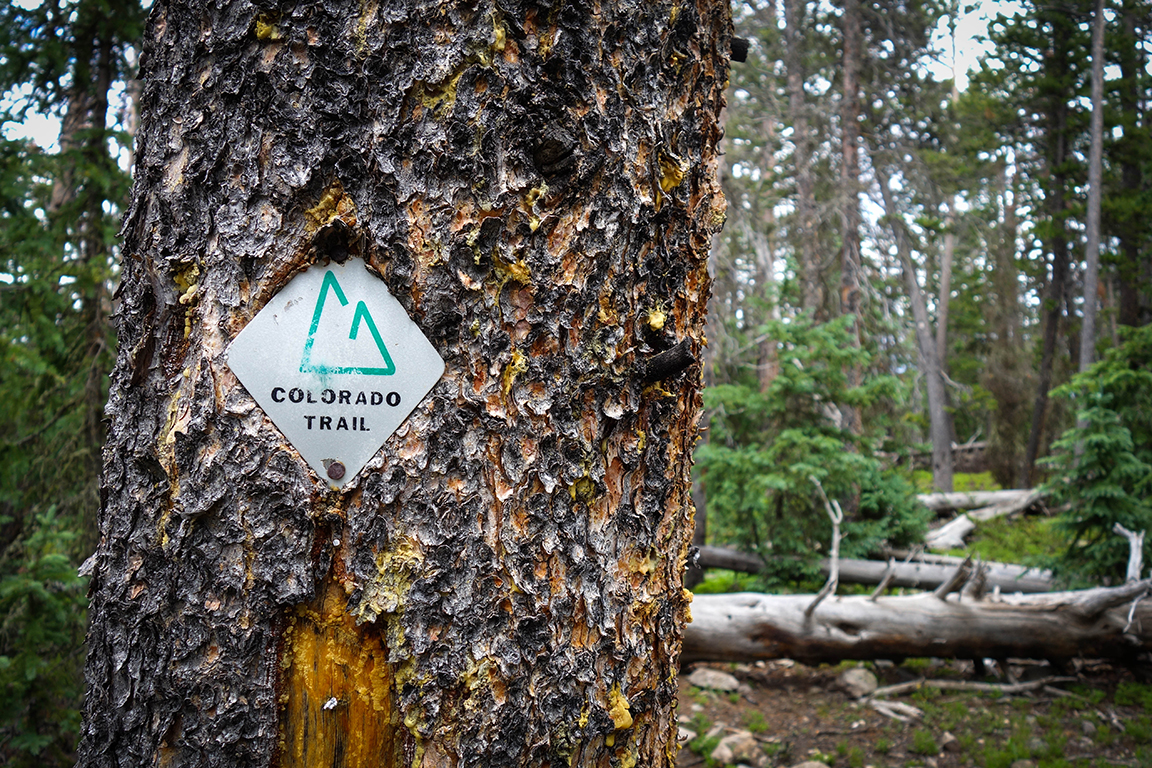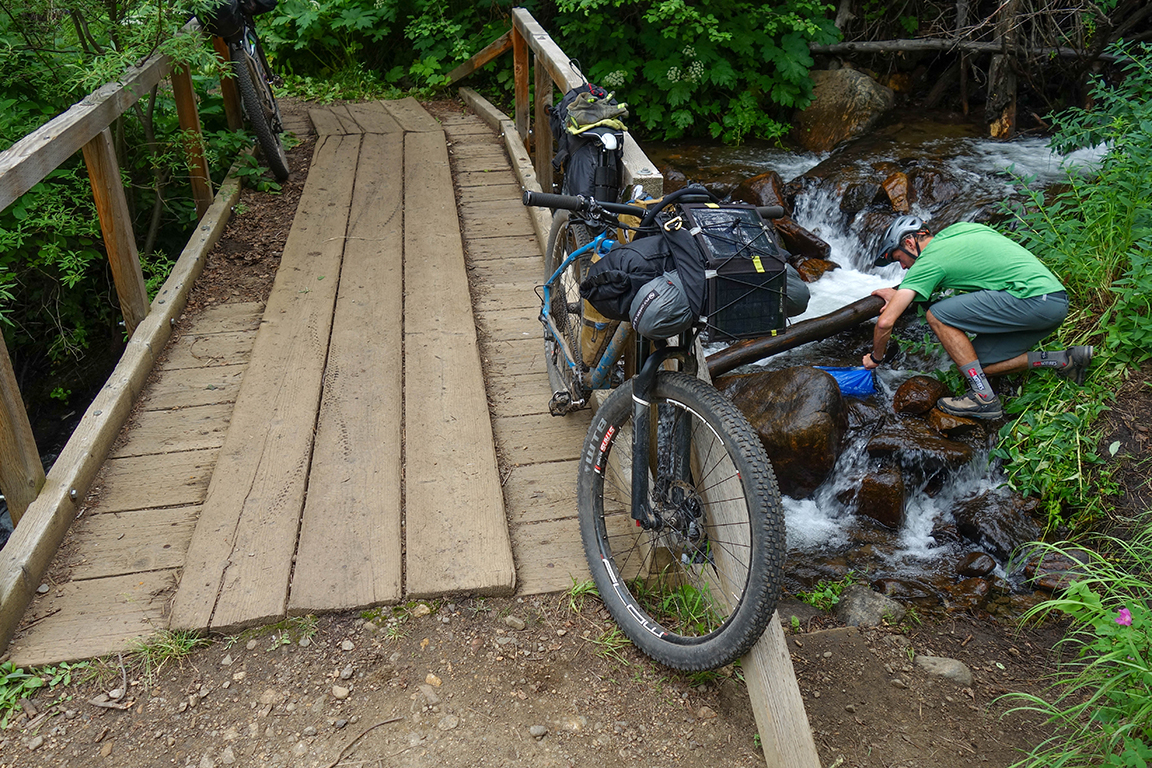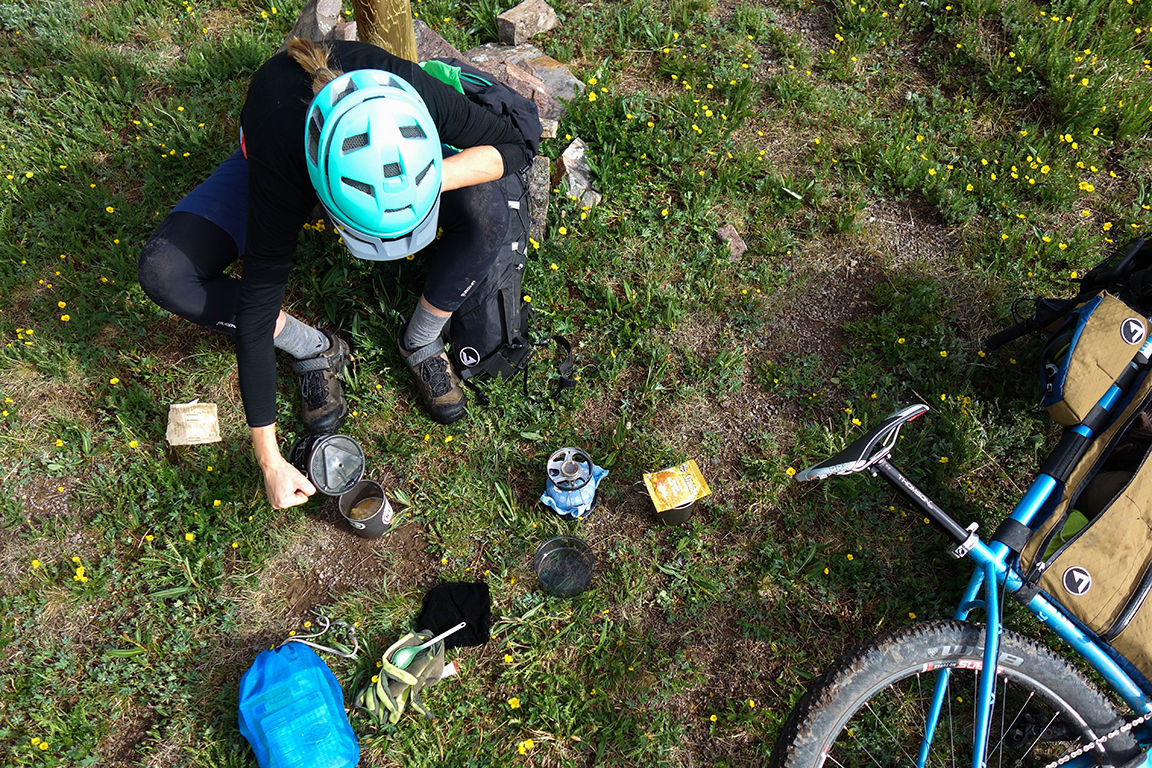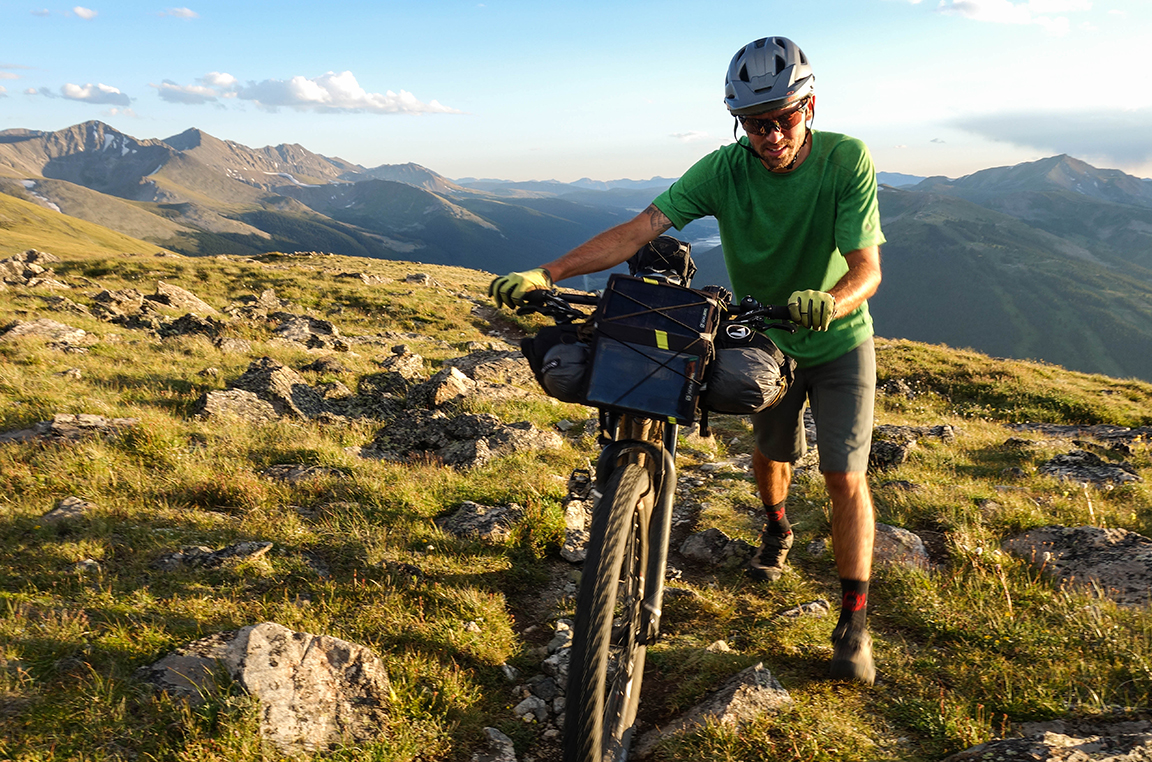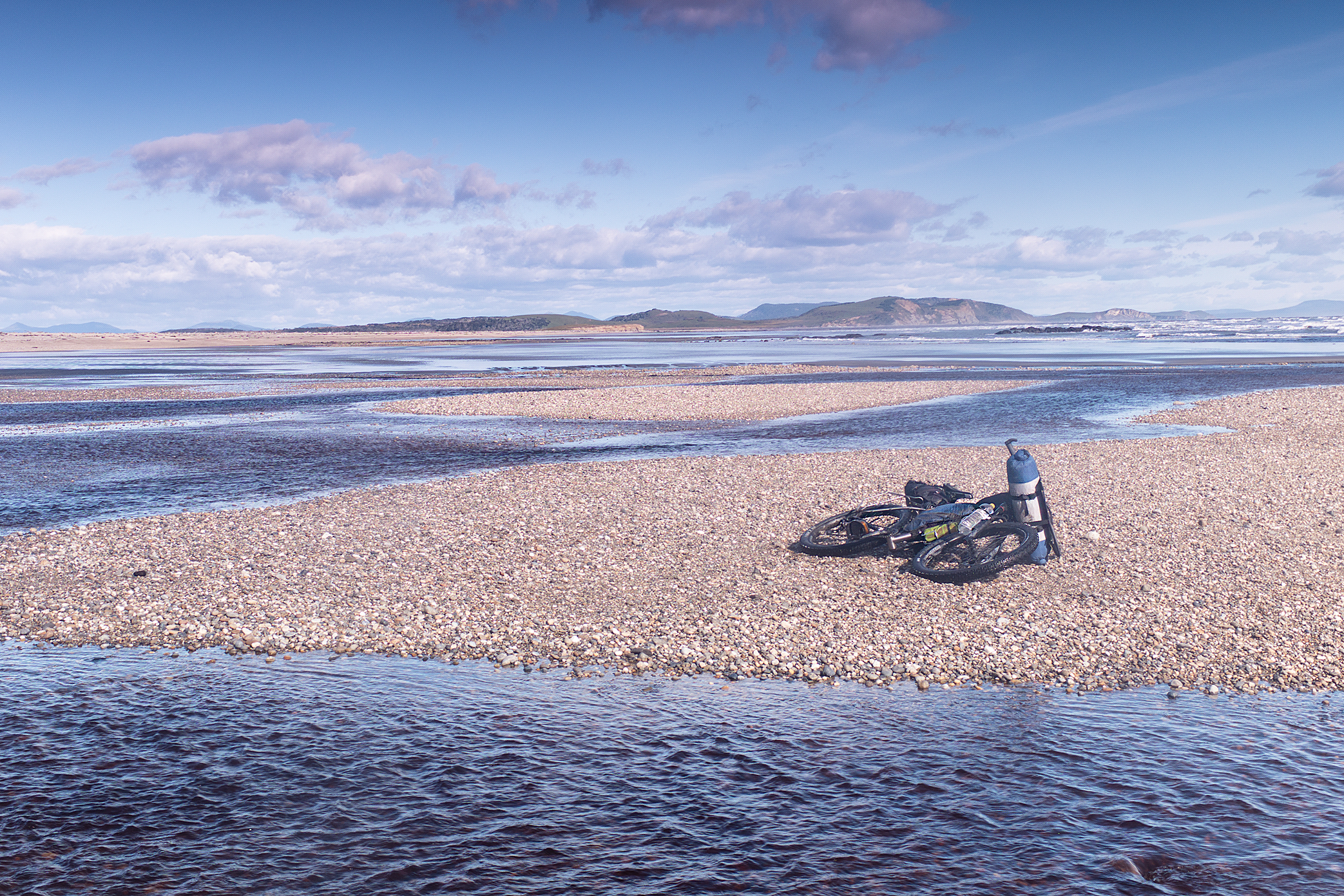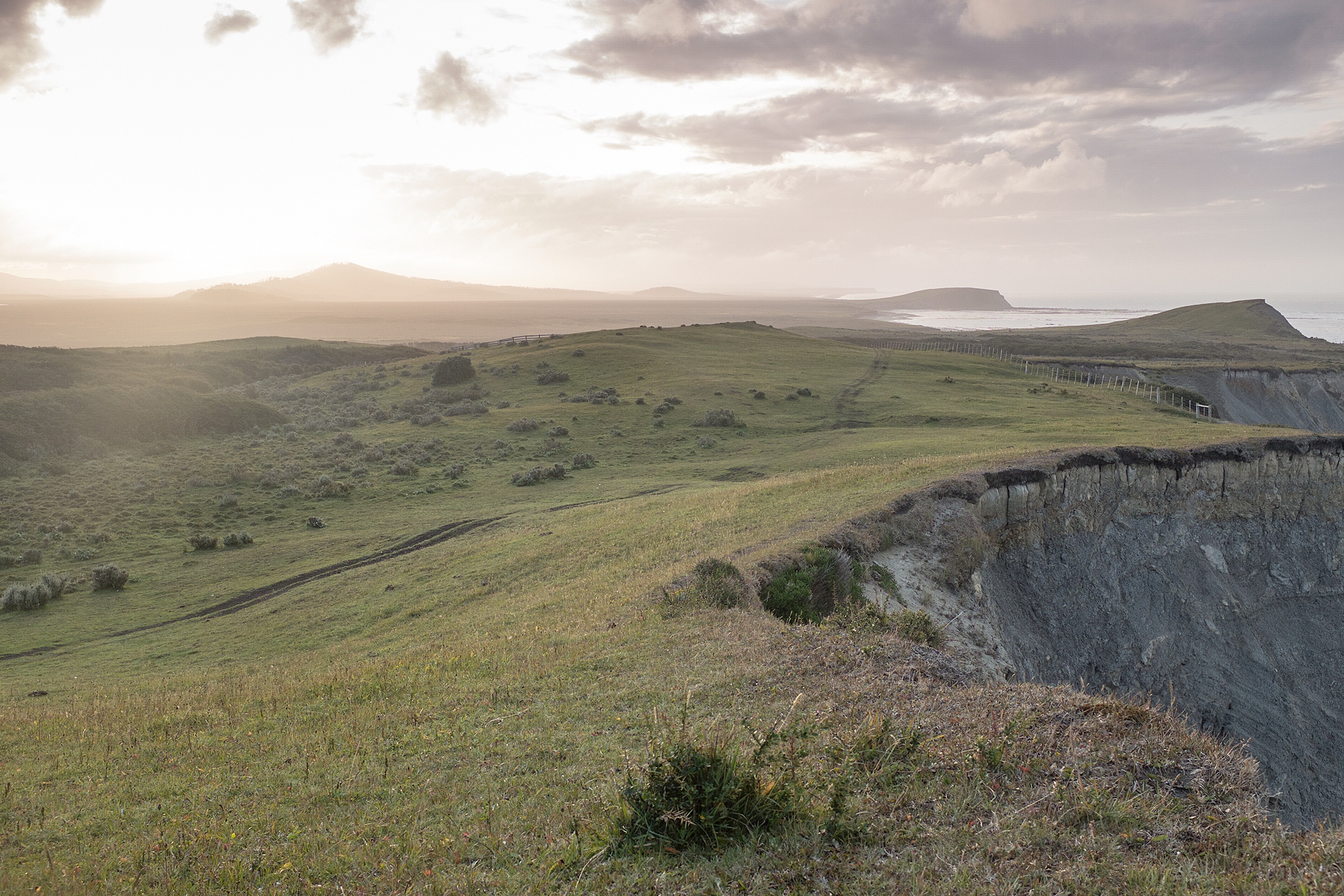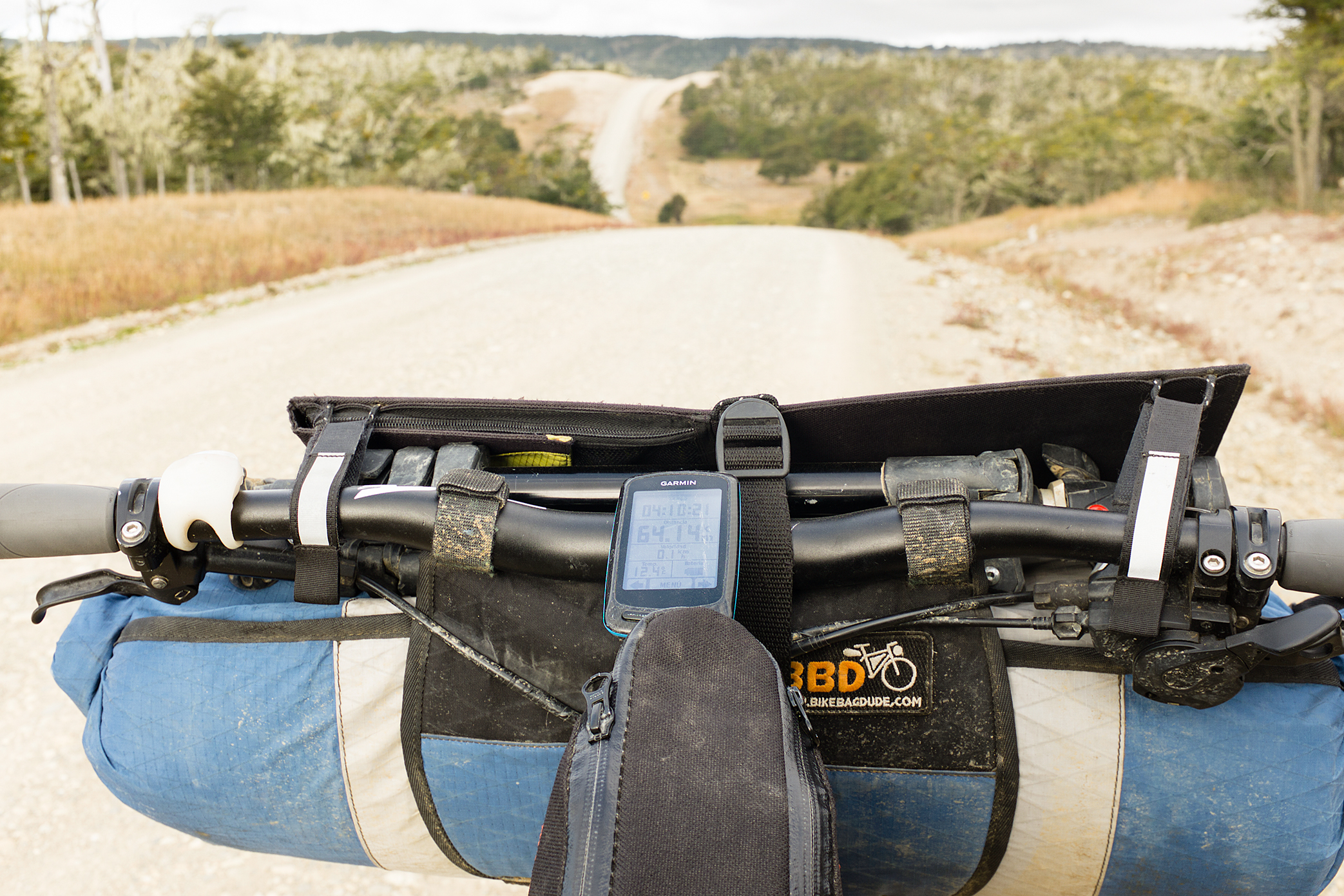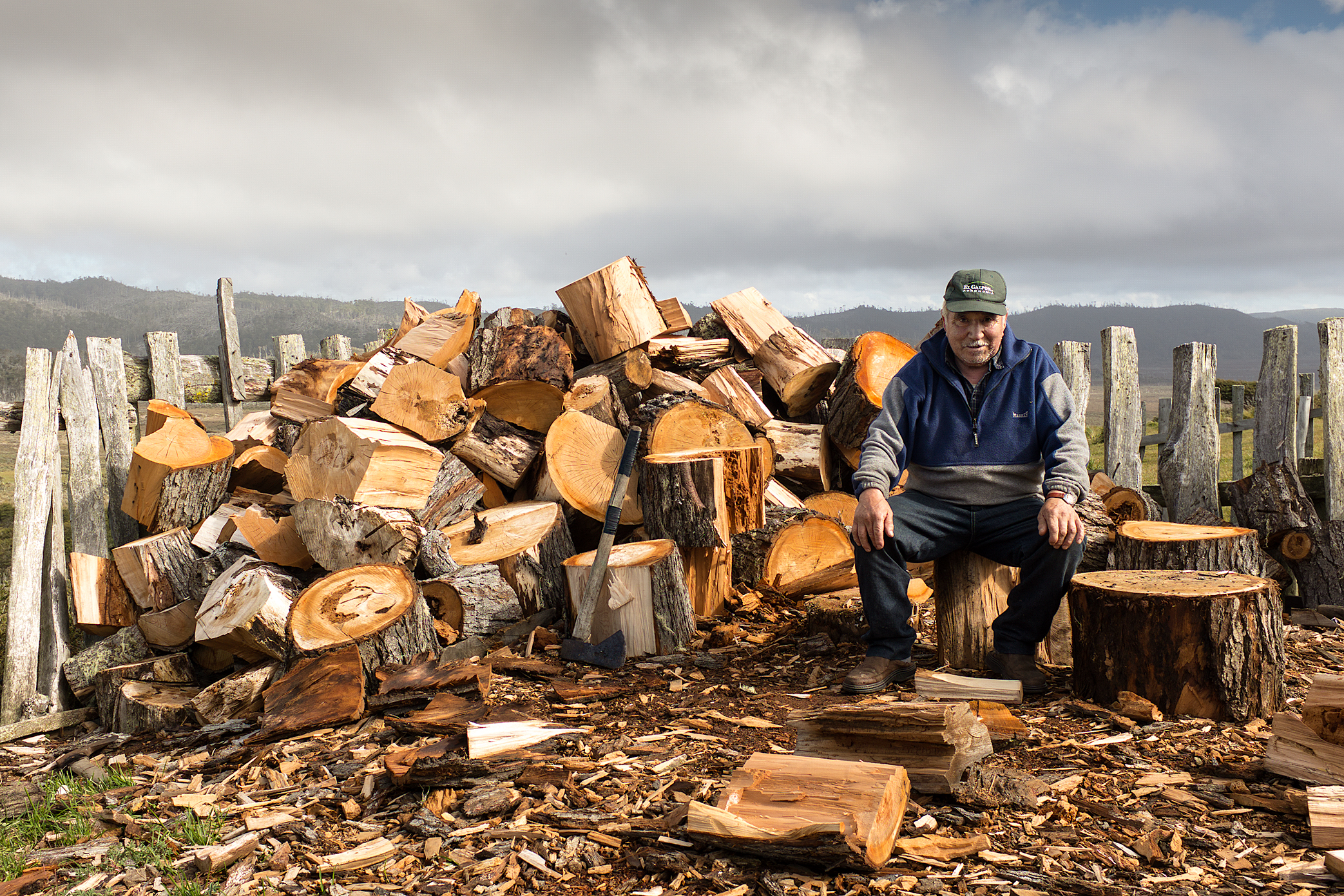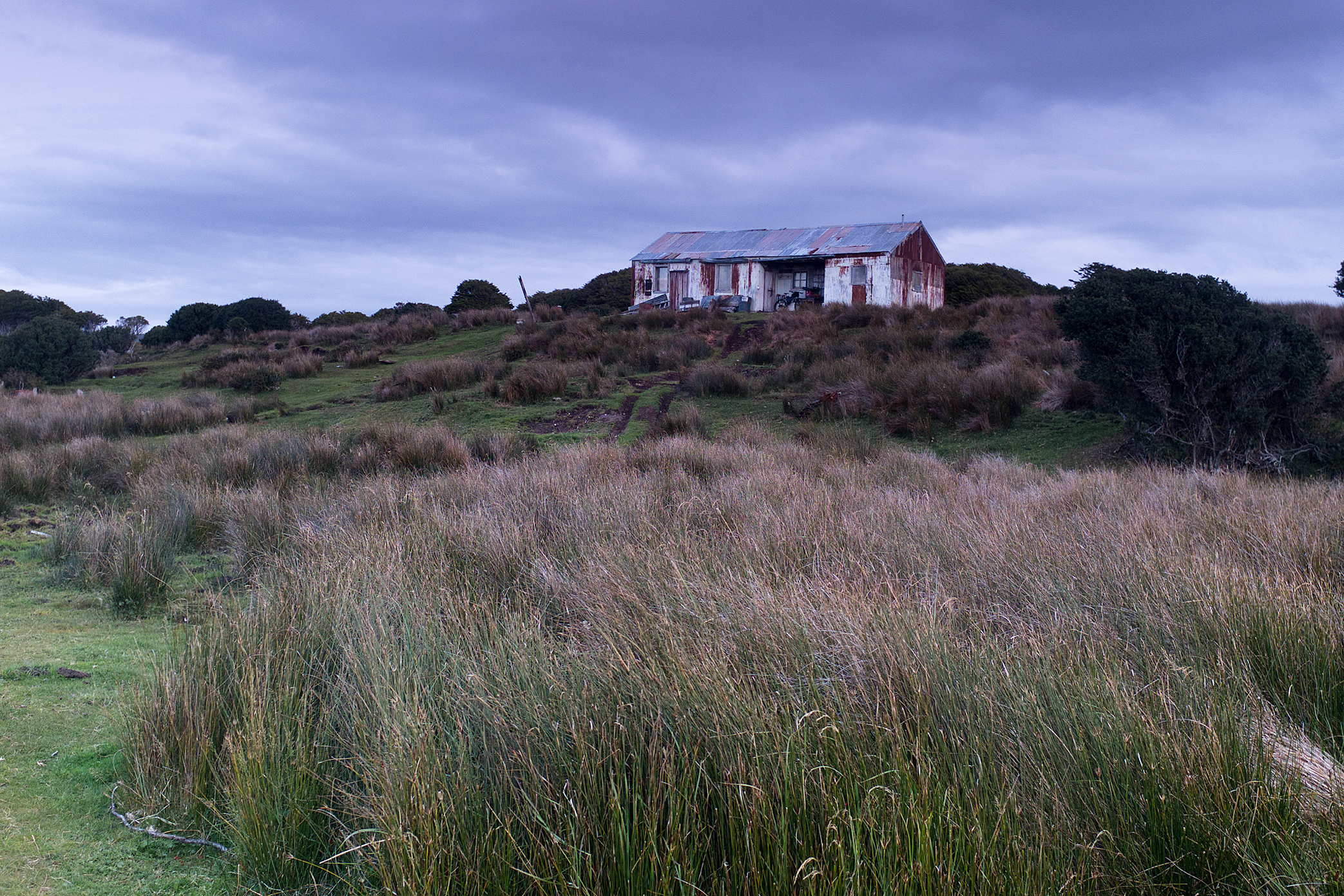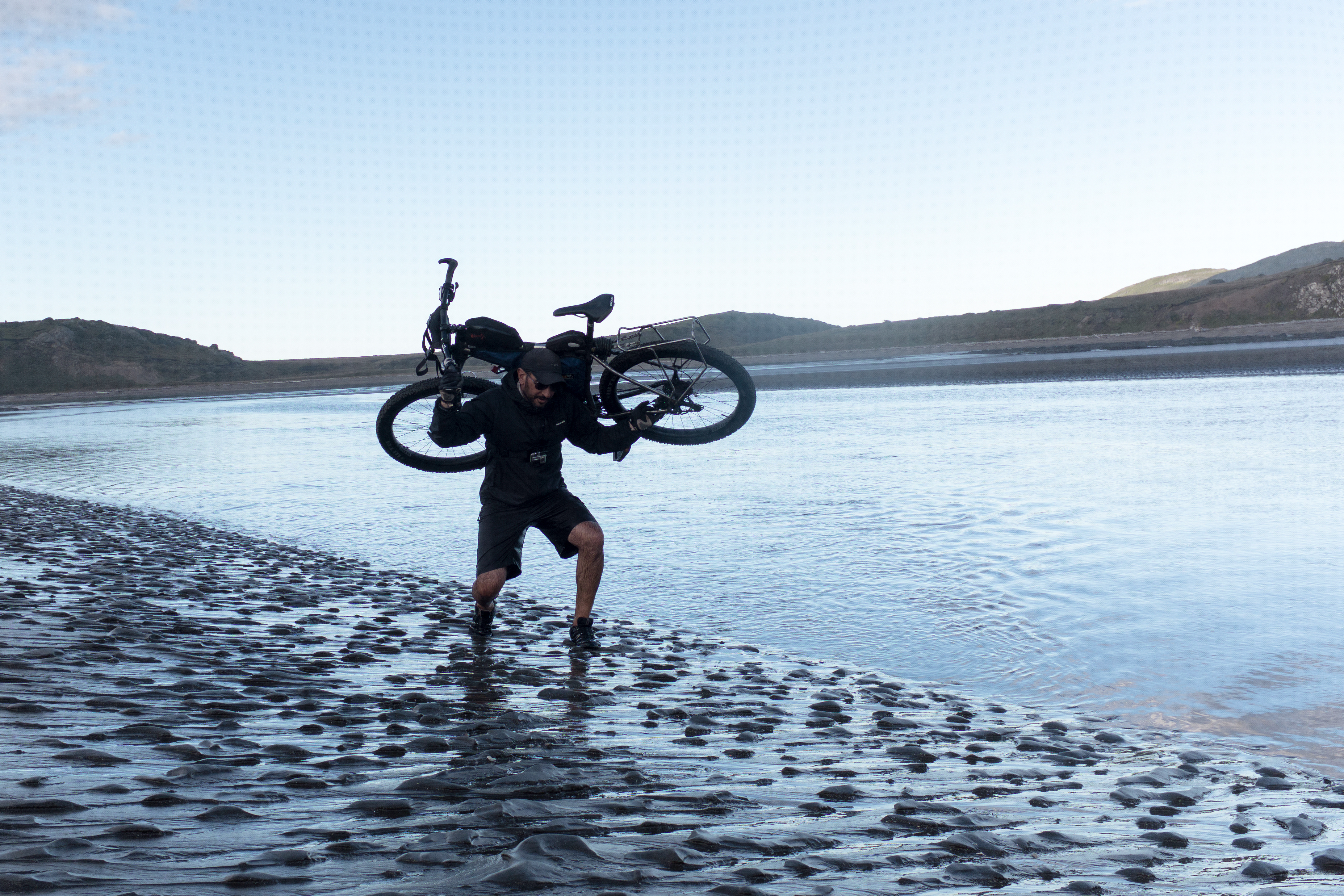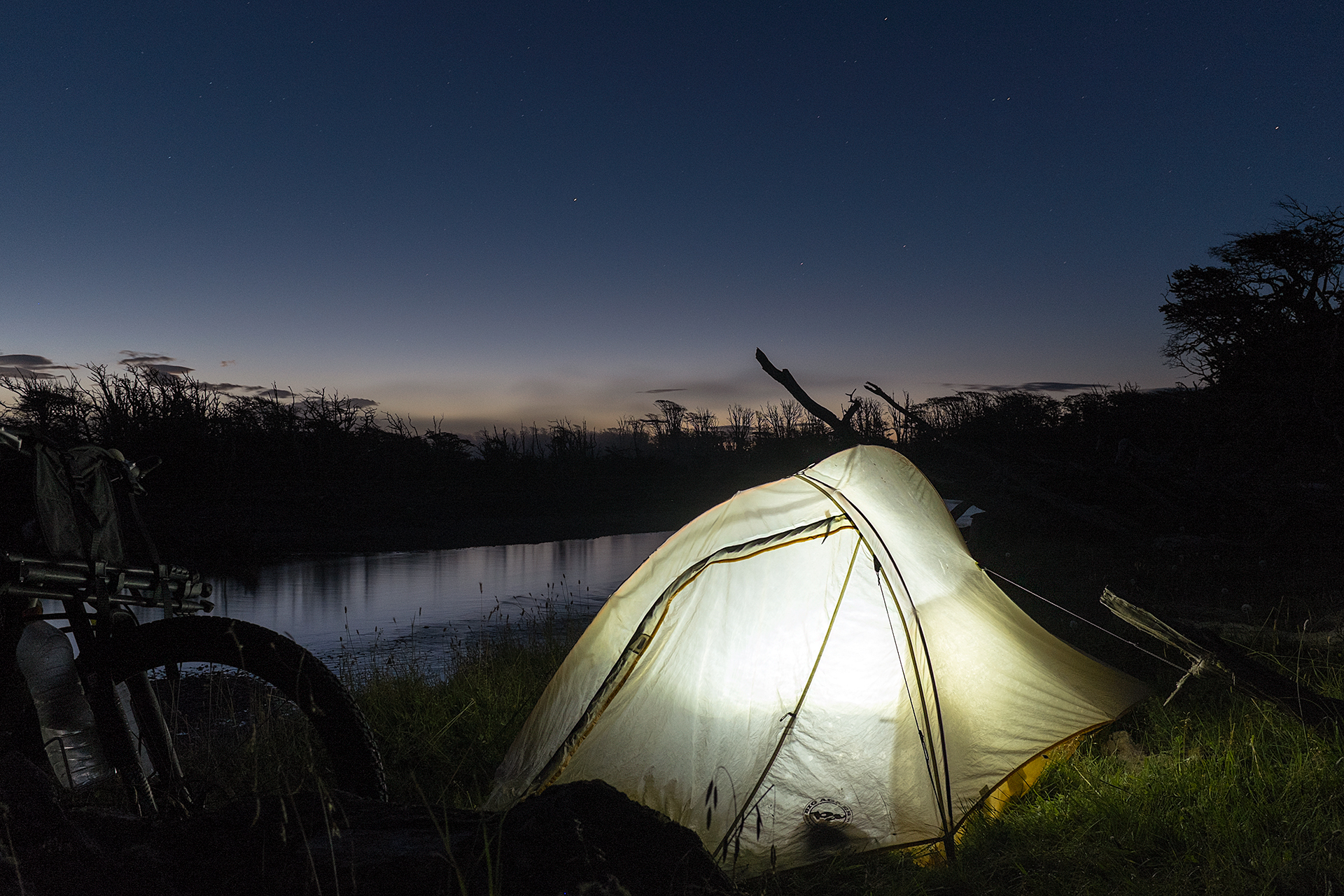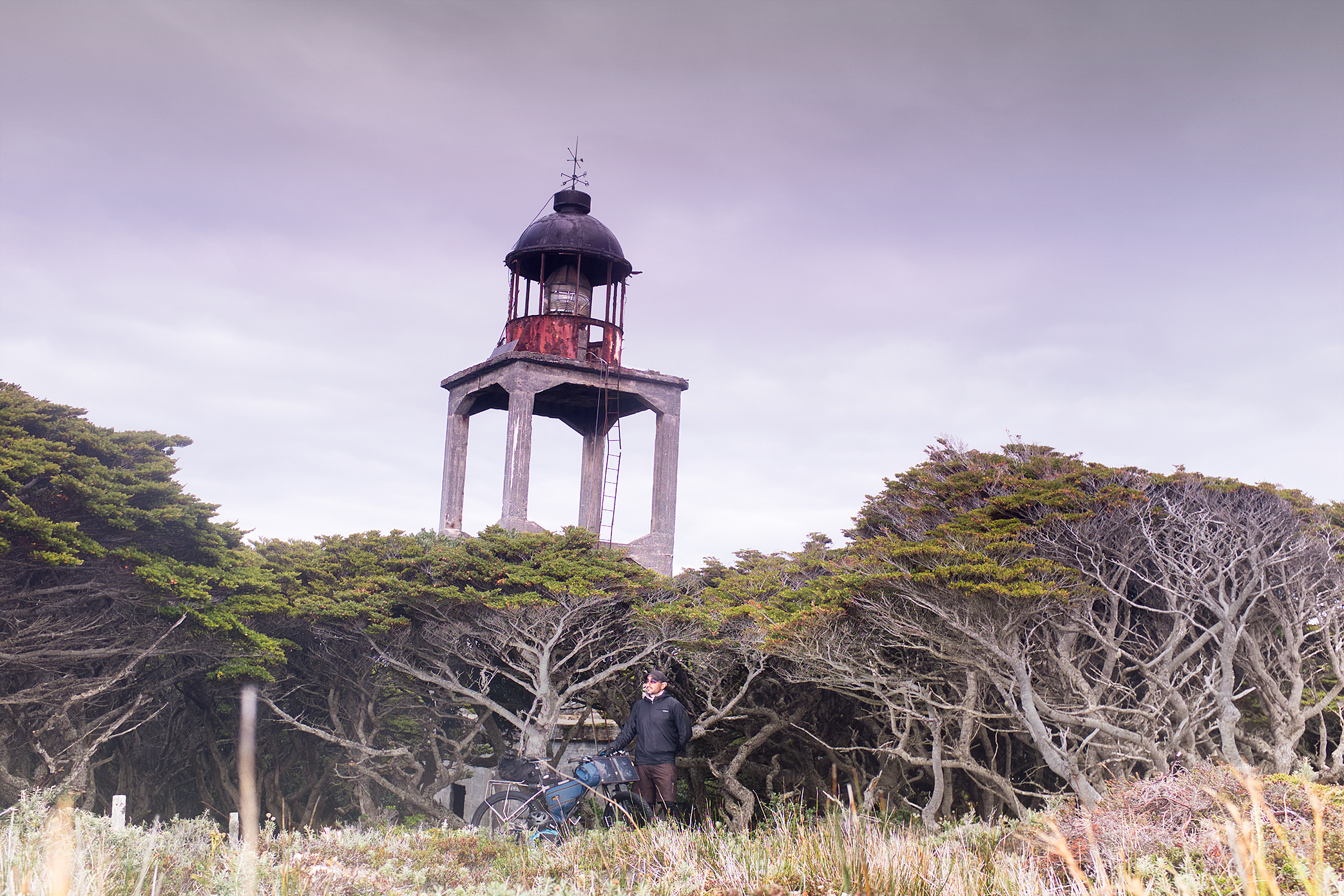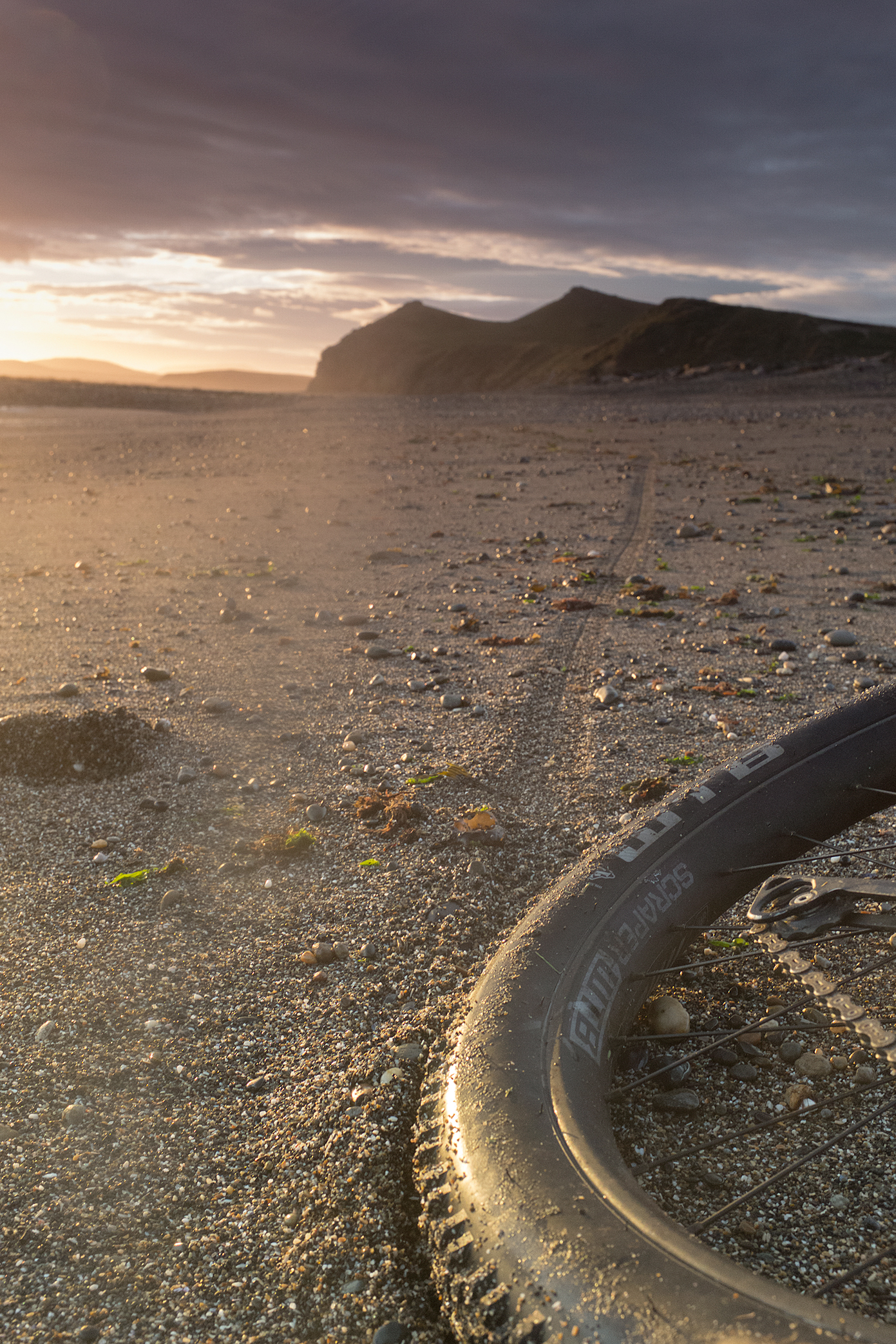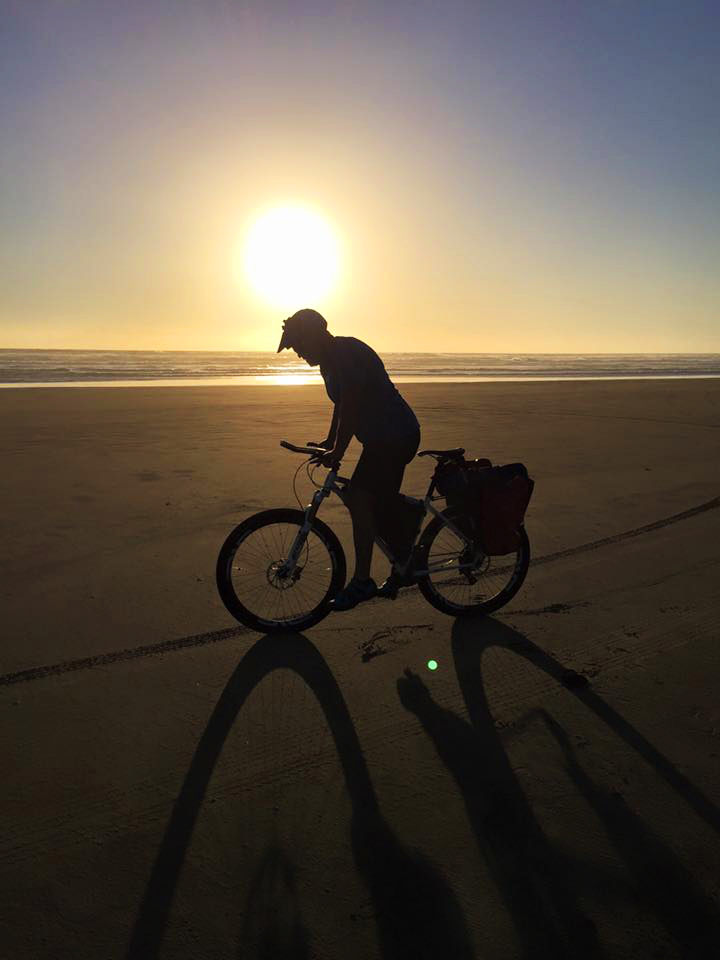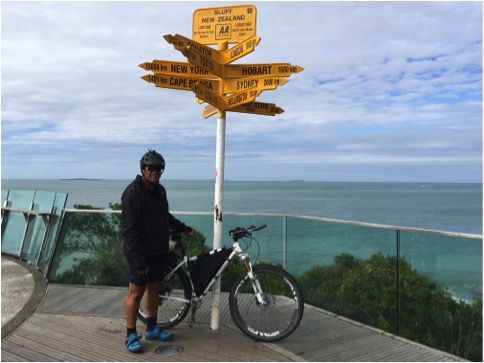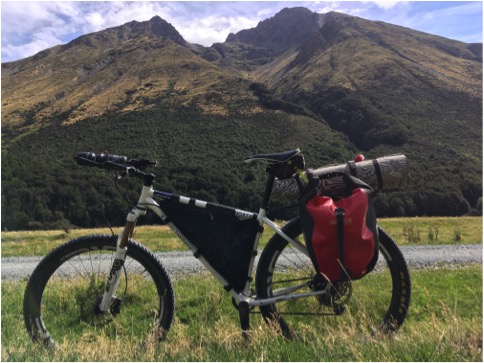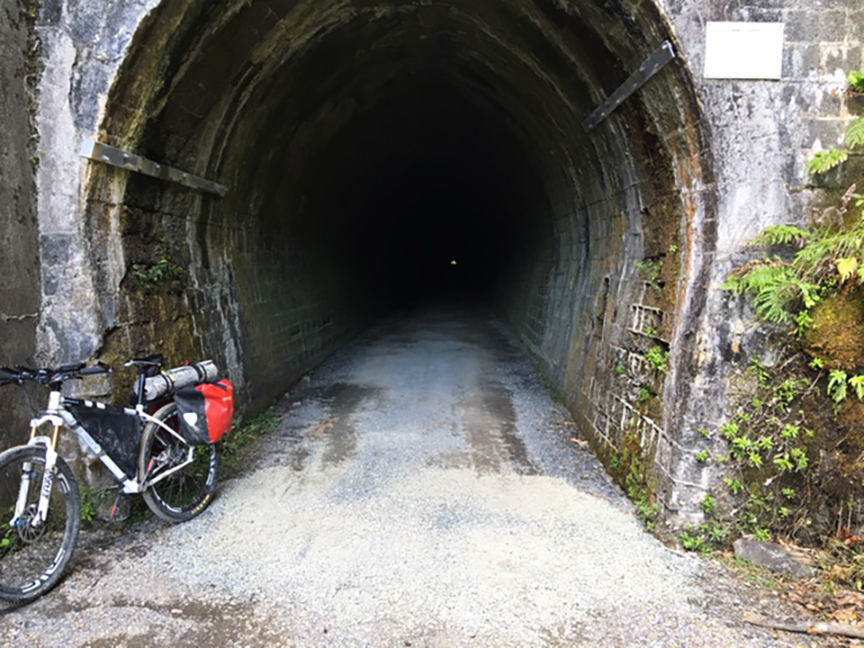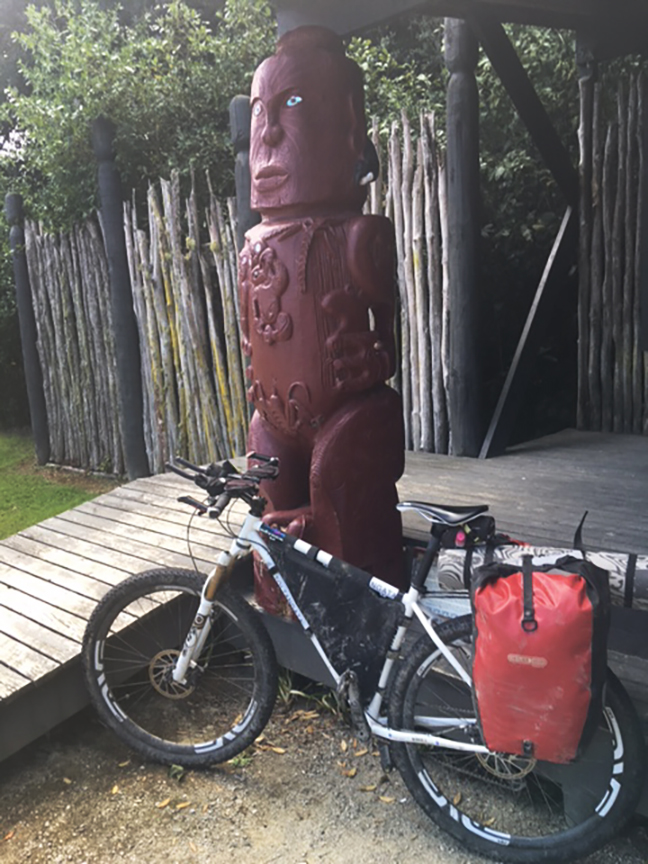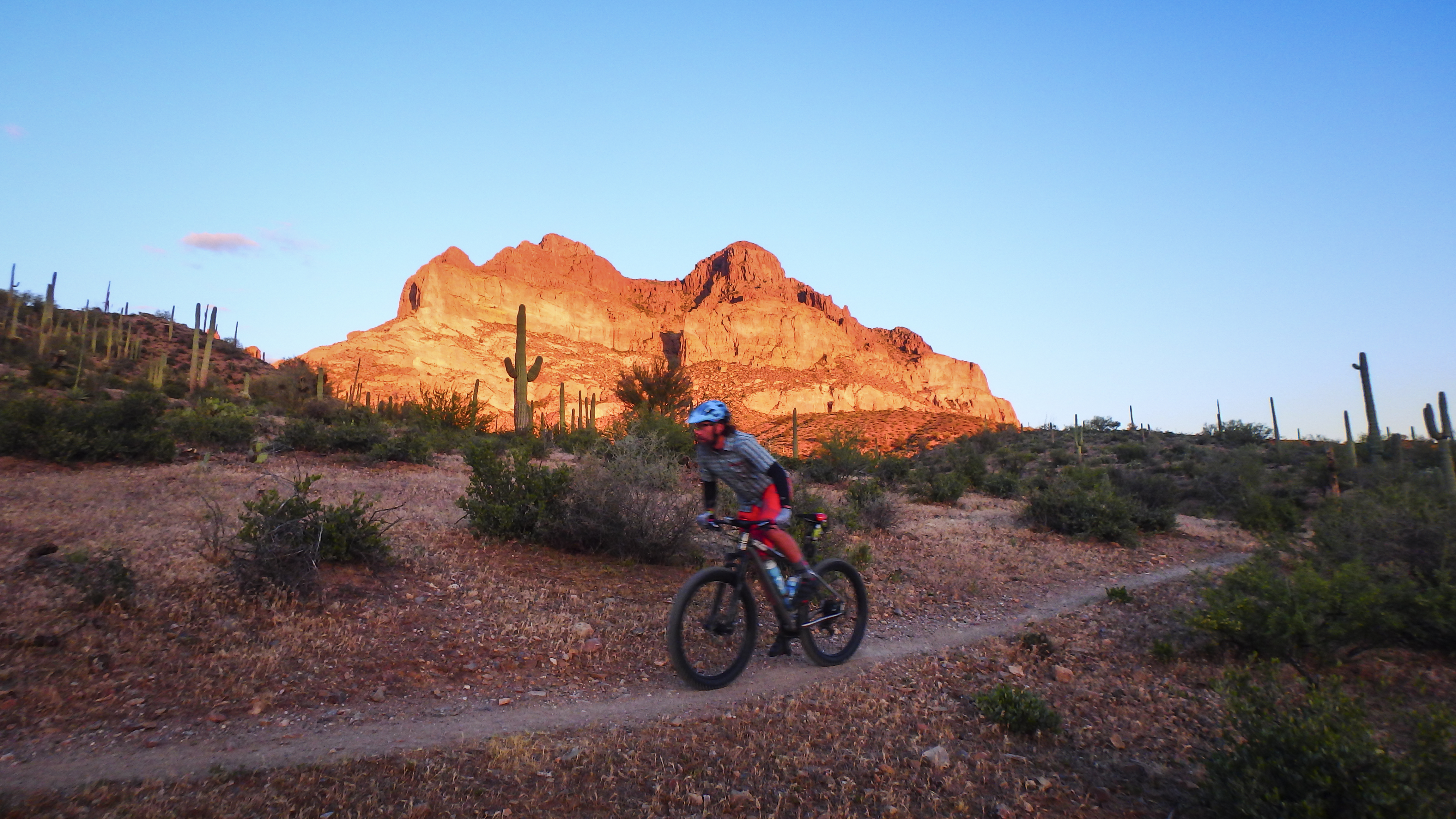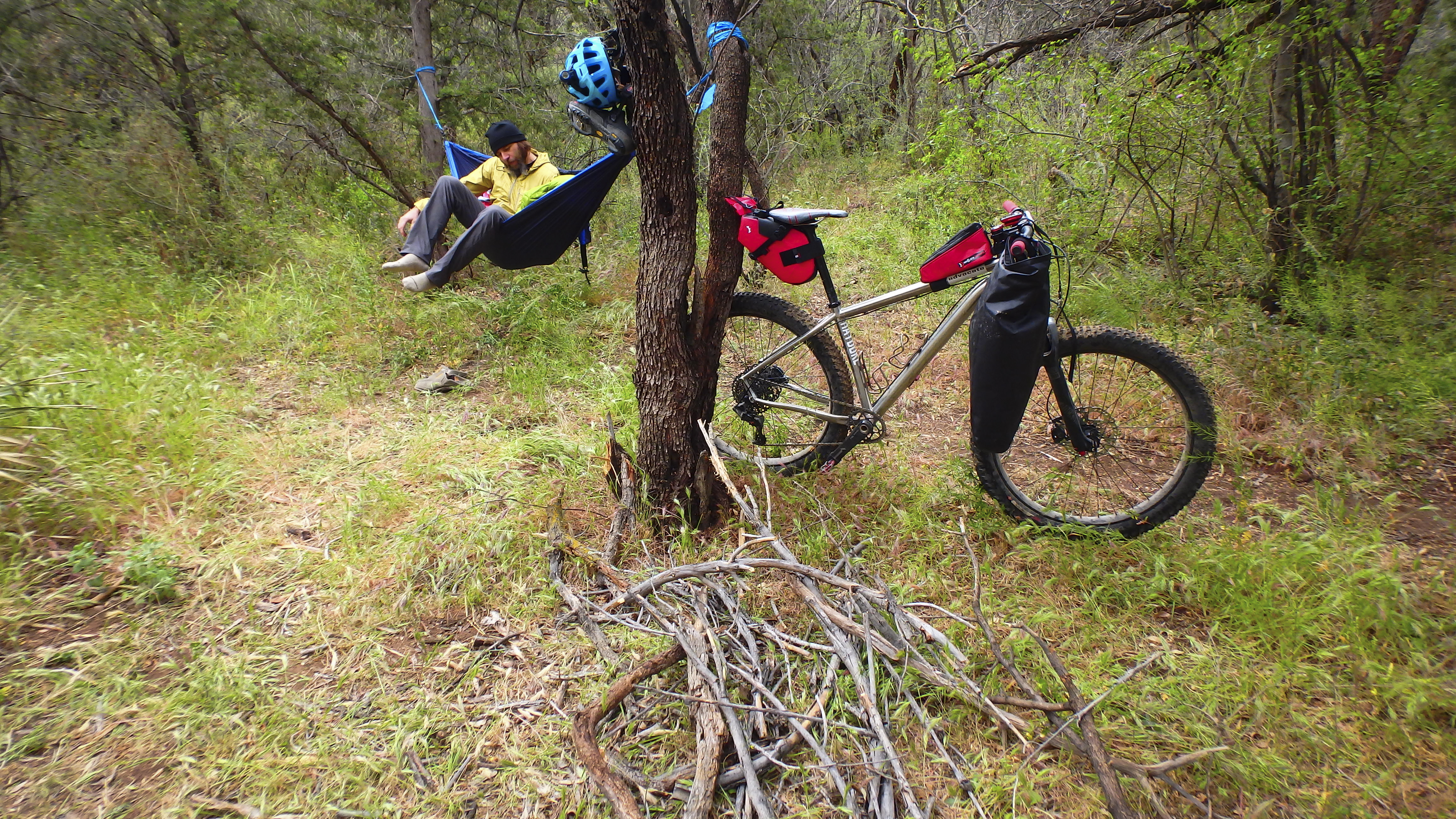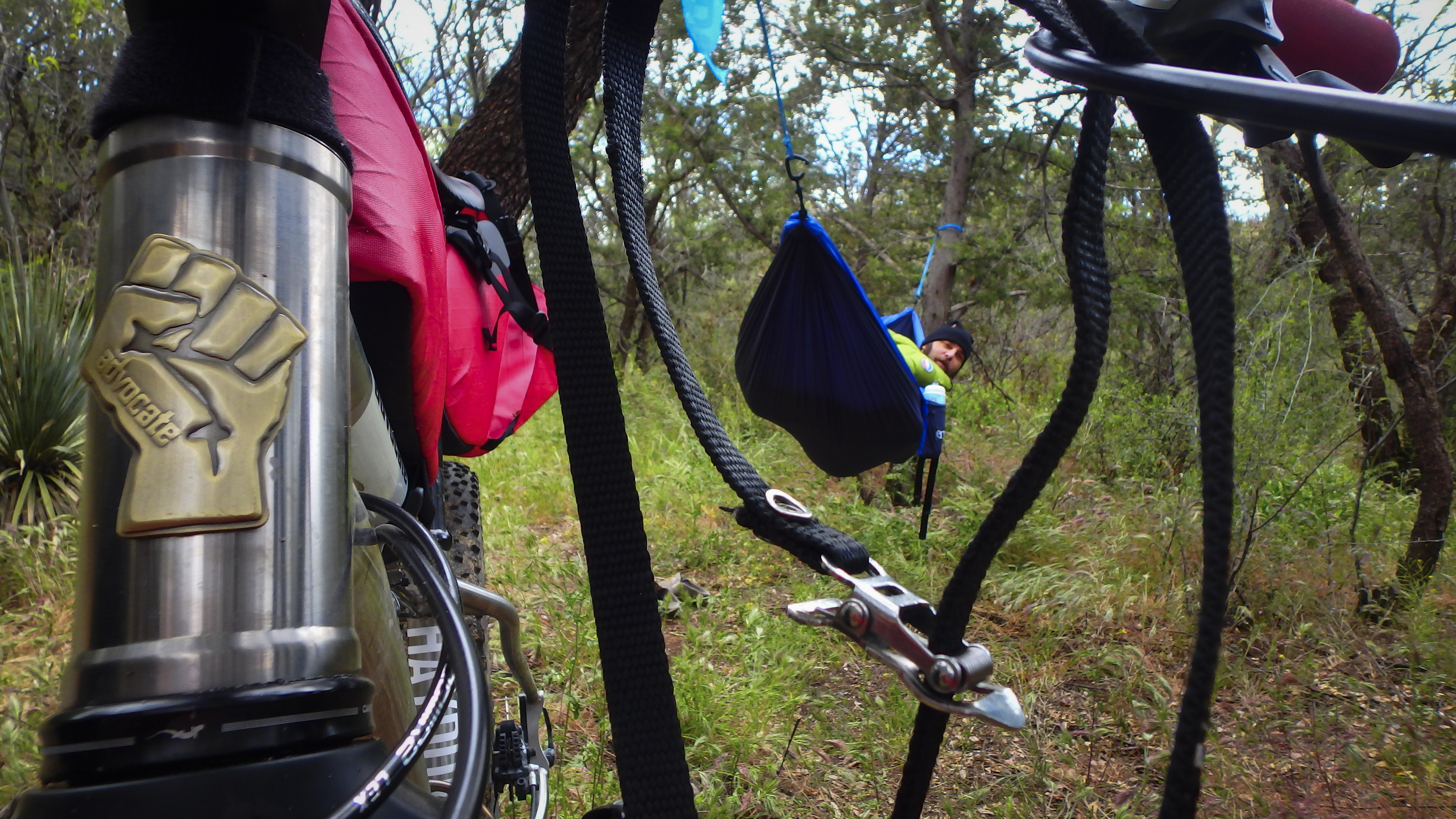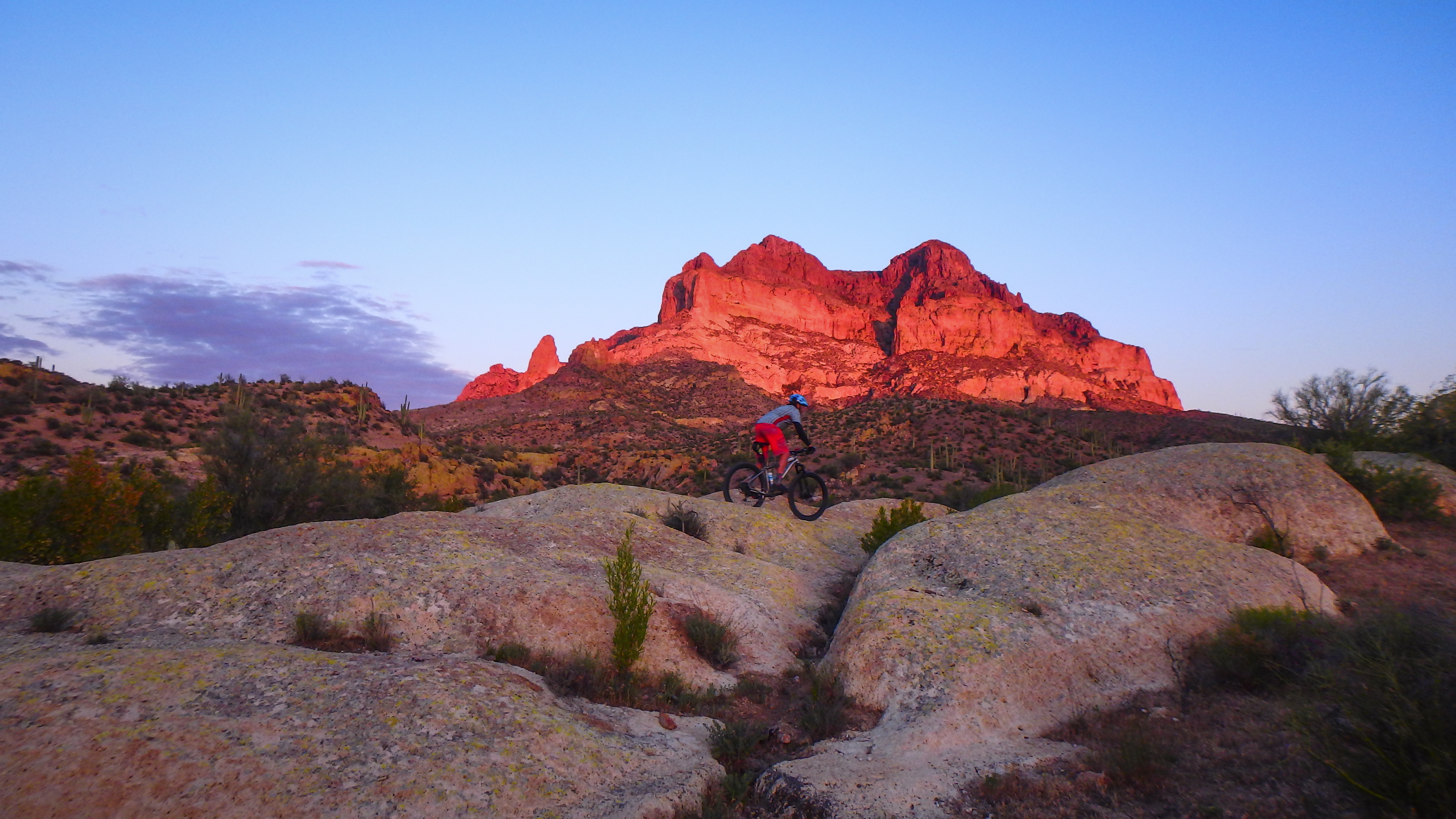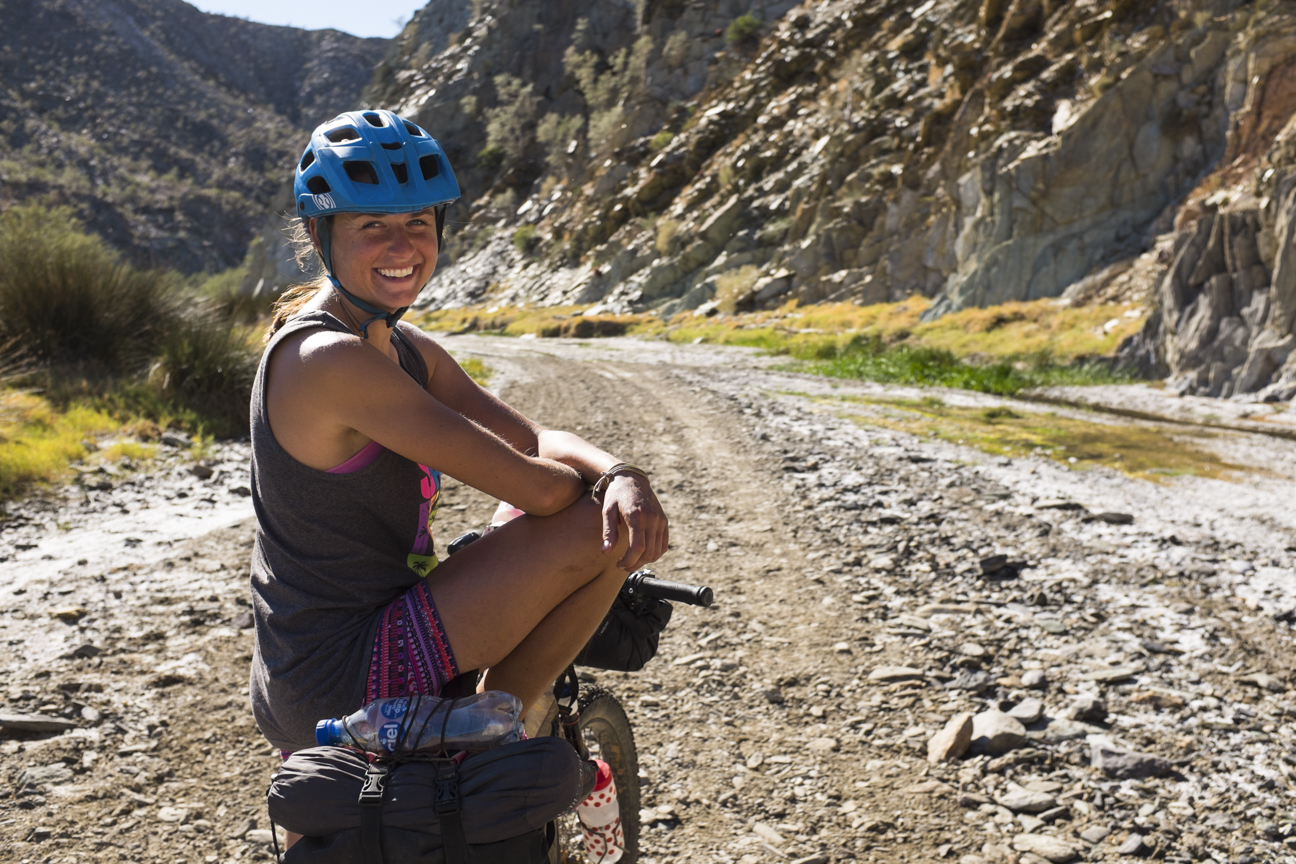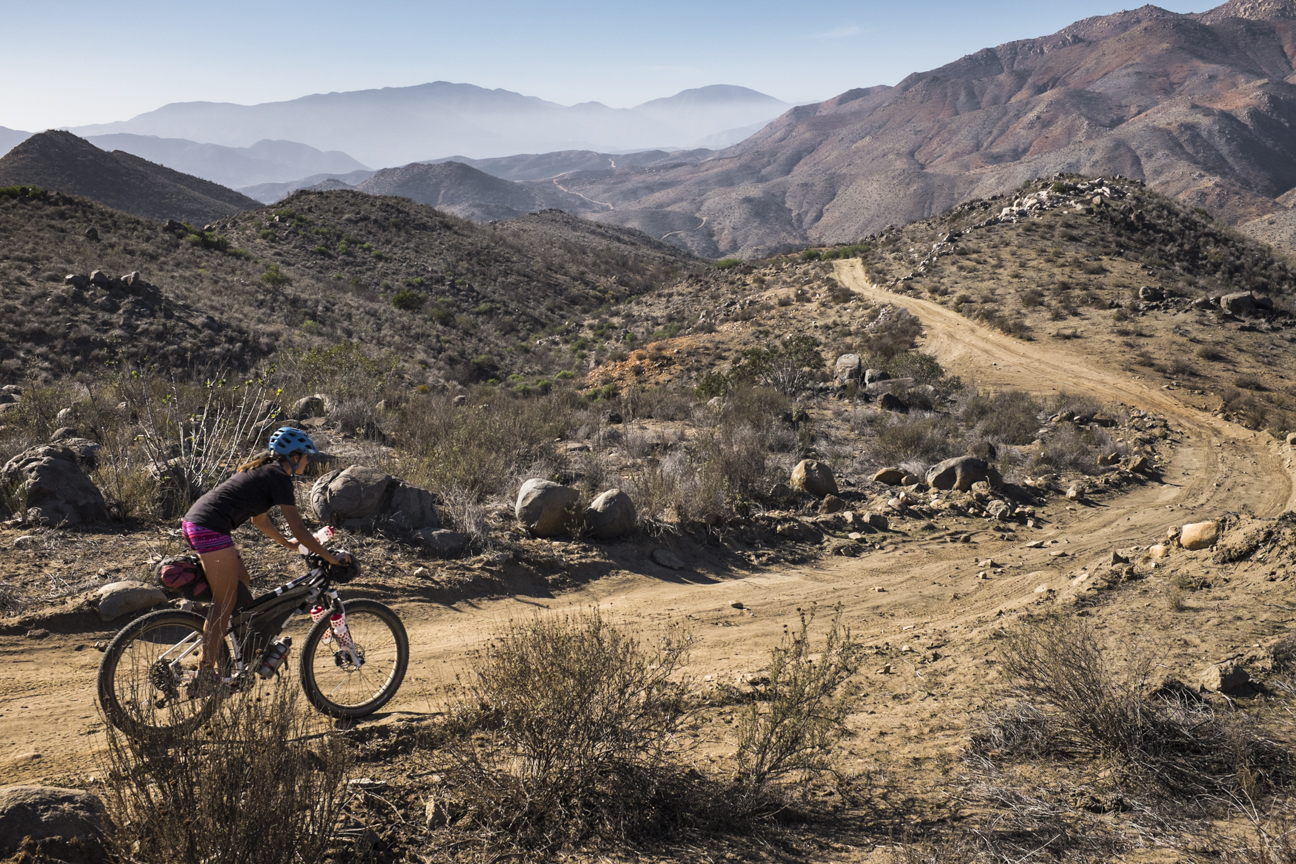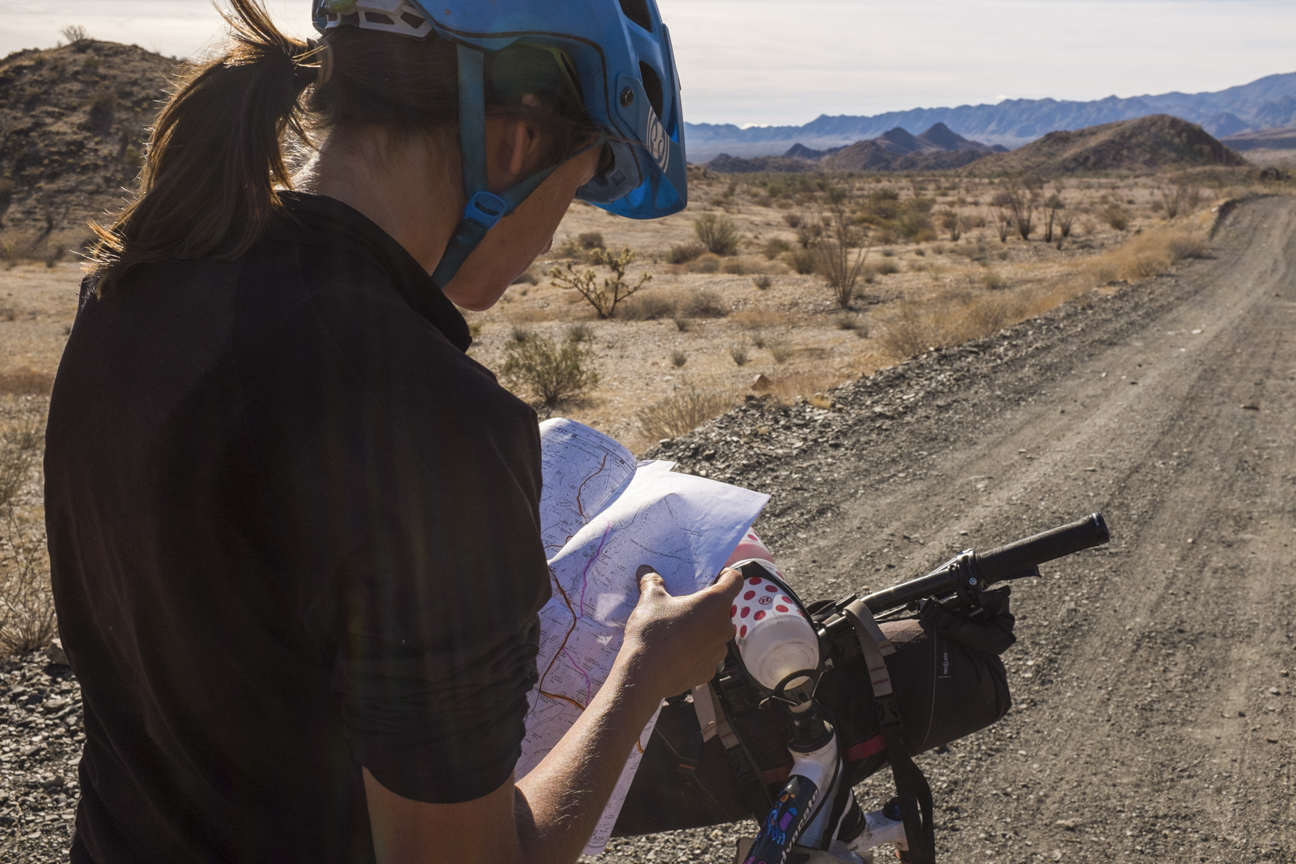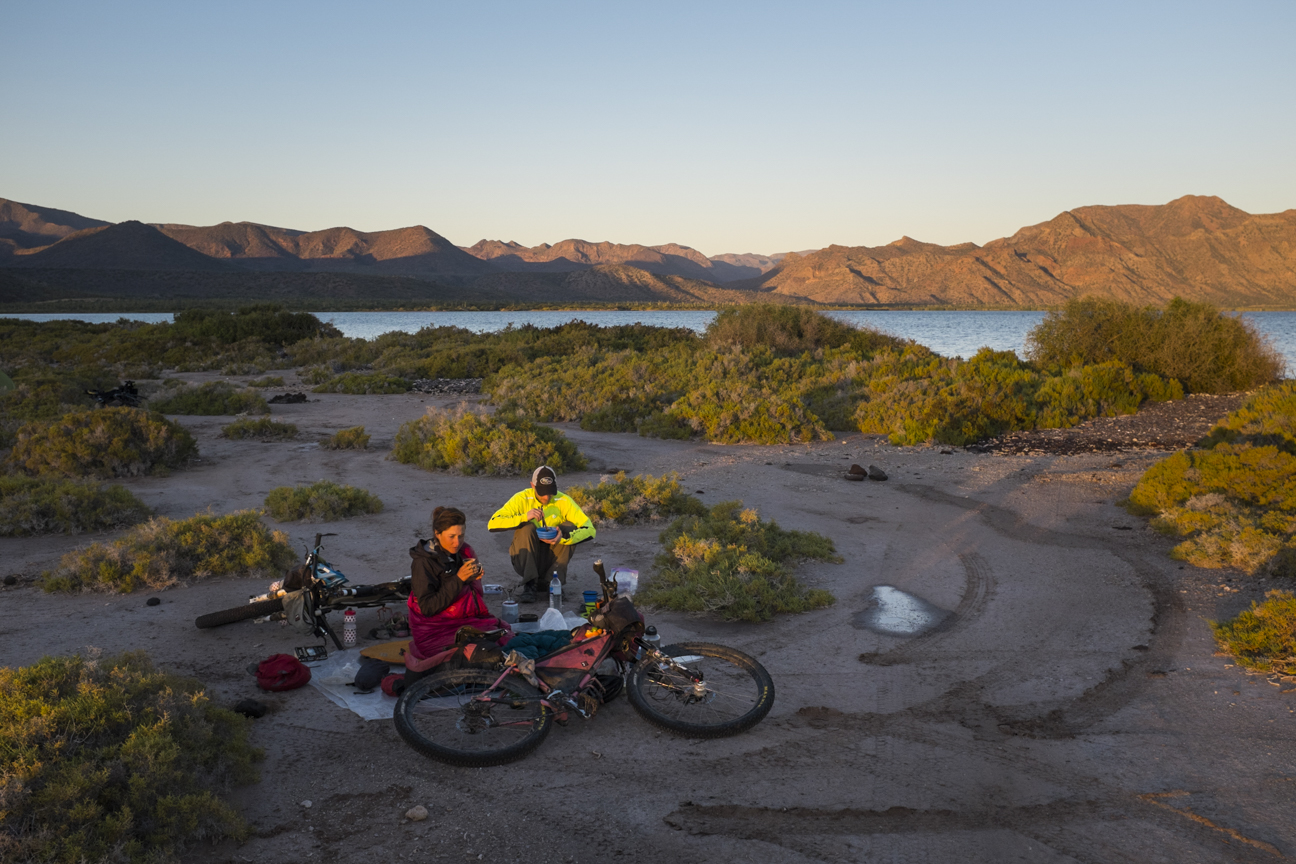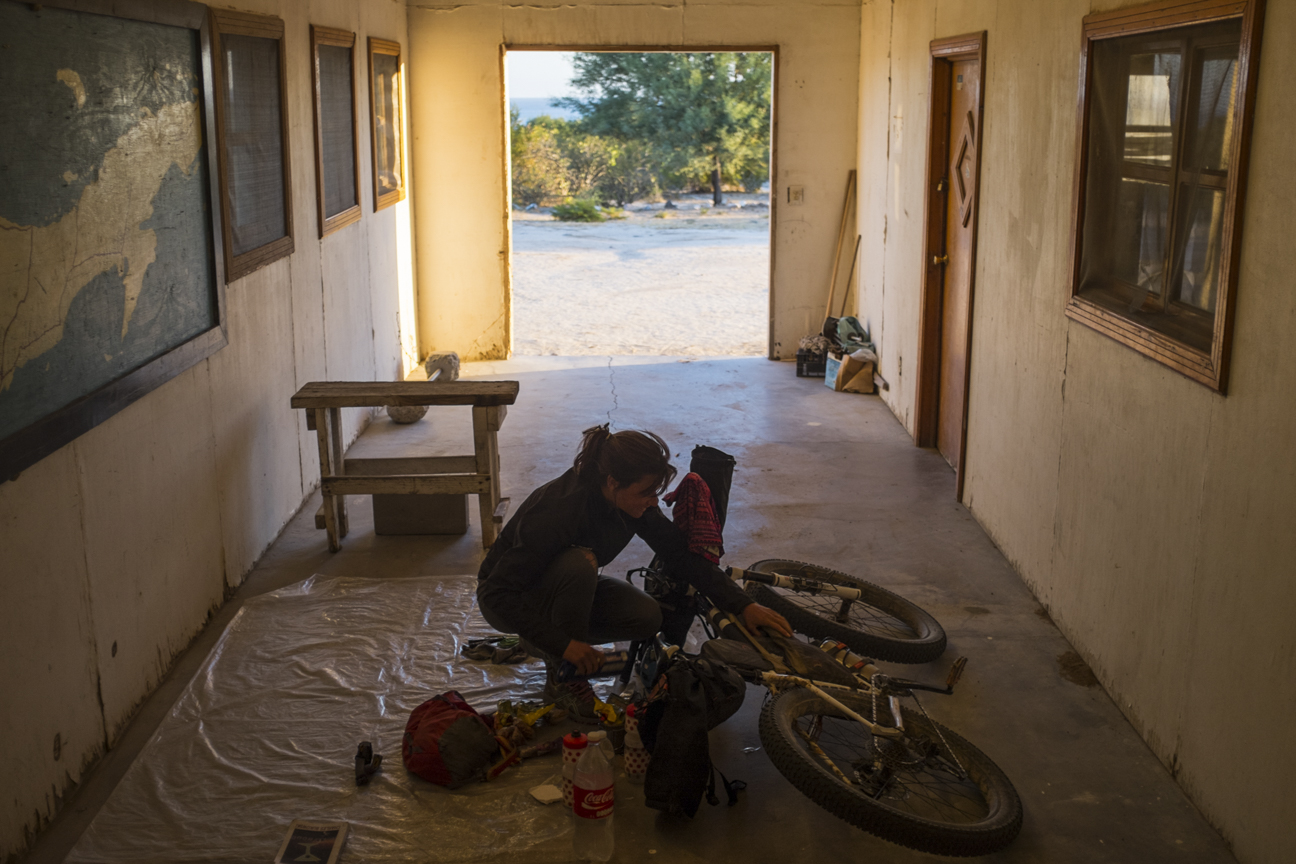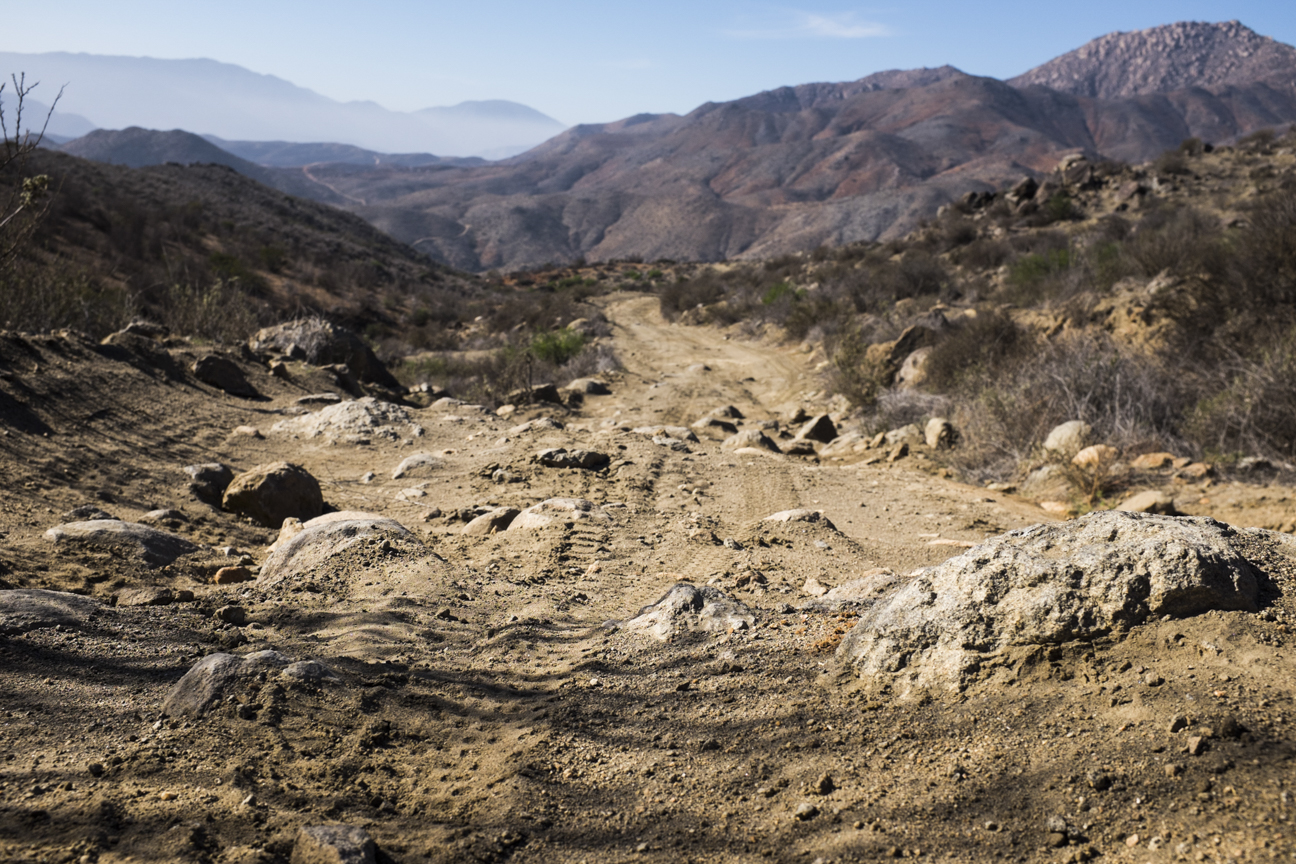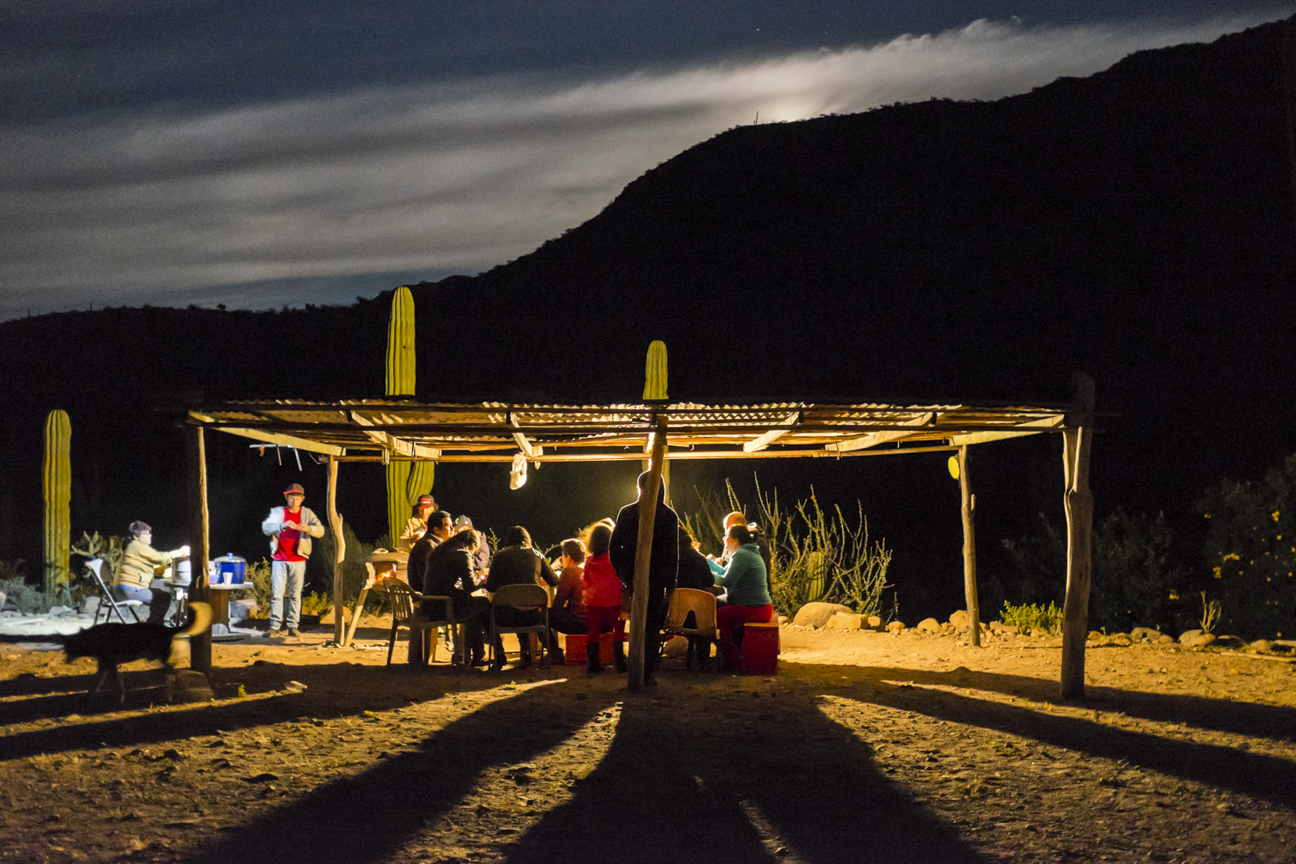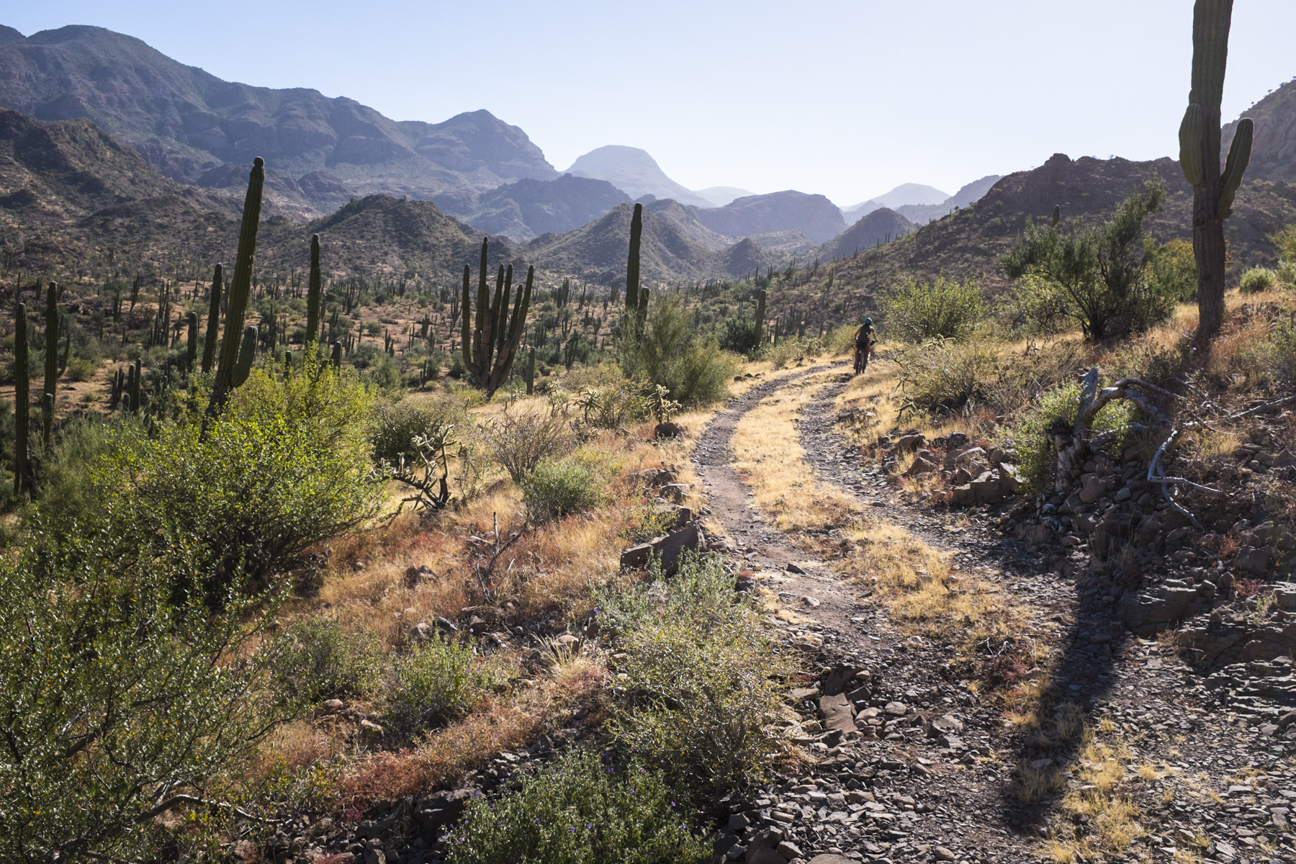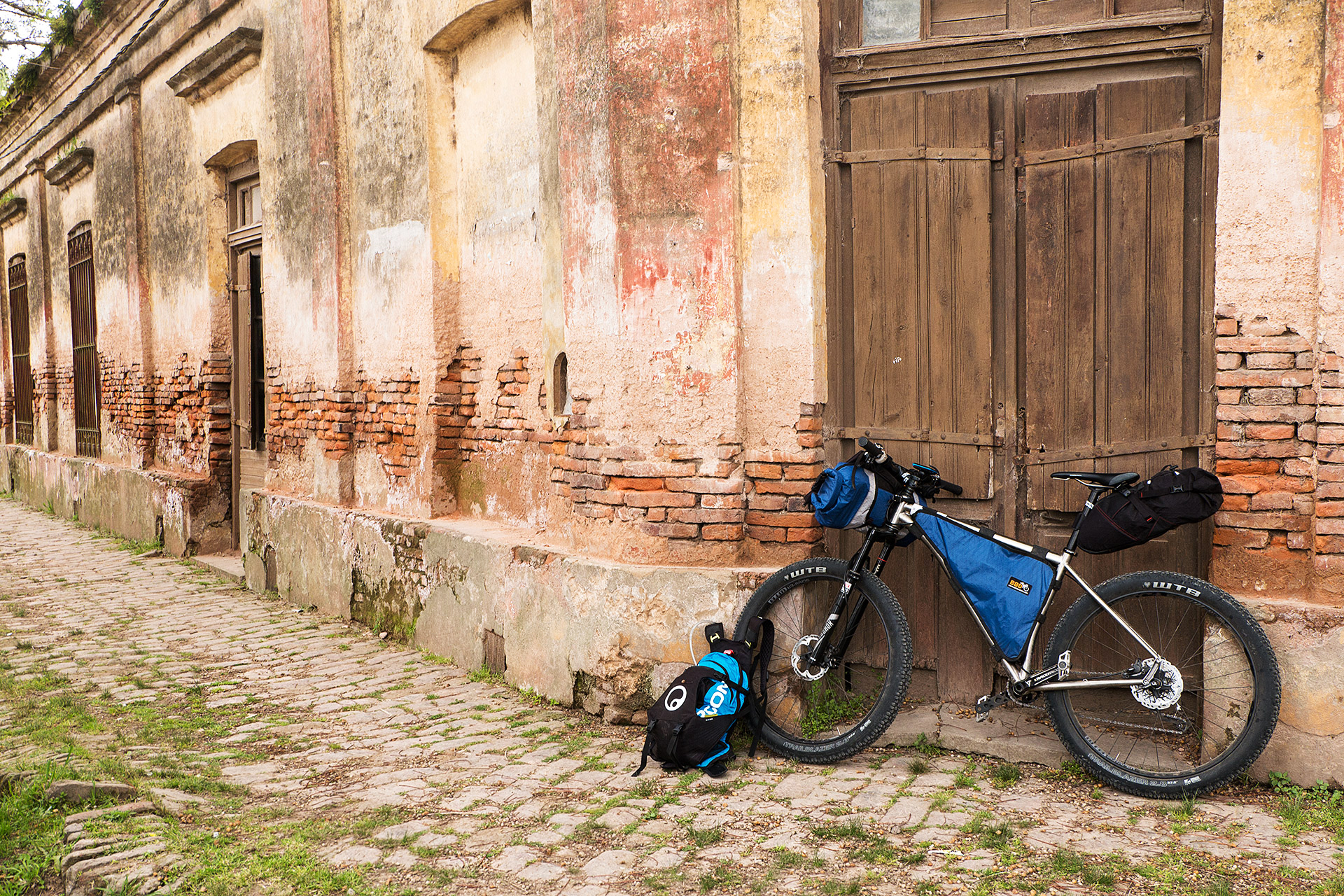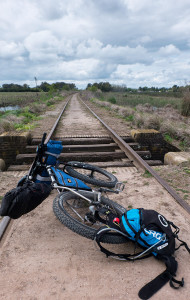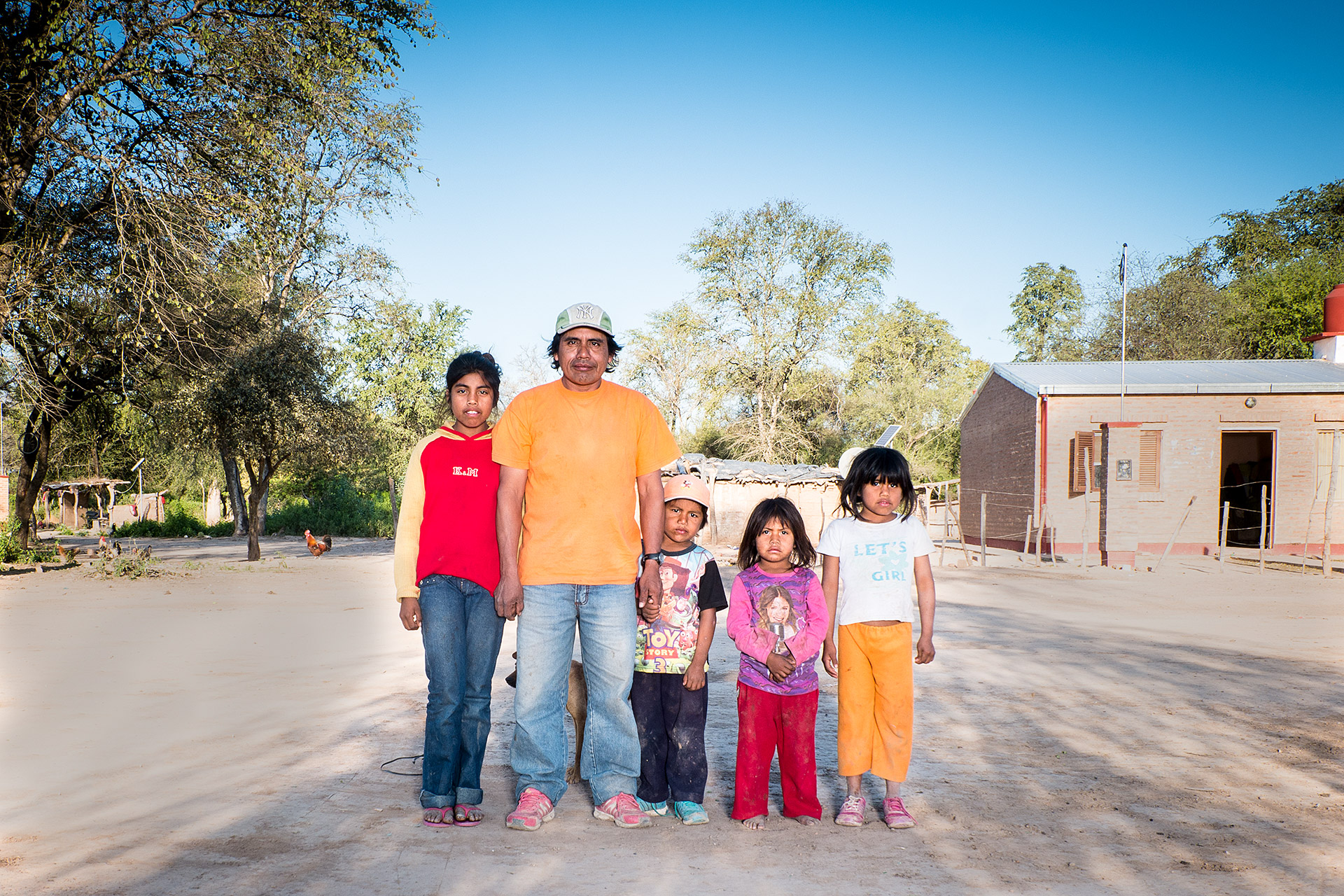Words and Photos by Daniel Stranahan
In recent years, I’ve been most inspired by what Seattle climber and cyclist Matt Alford has called “front door adventures.” I would loosely define this as fulfilling an objective via human power, public transportation, and rides that come up along the way, when needed. Many have been doing this for years (see Kyle Dempster, Steve Fassbinder, and Lael Wilcox riding to the start of the Continental Divide). However, these trips have received far less visibility in outdoor media than the glamours of heli-access riding, international flights and road trips to 5-star trail networks.
My objective was to ride the Oregon Timber Trail, and make it a front door adventure. I wanted to navigate the nuances of various forms of public/non-motorized transportation myself, as a personal experiment and attempt to make this style more visible/accessible. Below is the story of my experience.
I. Sail
A 33ft. wooden boat, 4 crew, and a course from Port Townsend, WA to the Bay area was how it started. Boats are small, and the need for spares and tools are high. So I anxiously prepared my bike to be shipped to the Bay Area, nearly cleaning out the packing material at the local bikeshop. Kissing my bike goodbye, I cautiously stepped aboard the deck with no open ocean sailing experience. We left the dock around 2:30am, when the tides were best; half asleep, I stood on deck squinting, looking for submerged crab pots as moonlight danced in the wake of the boat.
We get to Southern Oregon, the wind has been howling for the last 500 miles. Everything is damp. My father and I cling to the tiller as the occasional wave breaks over the rear of the boat, and we keep her pointed down the waves. It is around 2am.
Alice, our other crew member my age (but with much more experience) comes out from below deck and suggests we heave-to, (this is a means of stopping the boat, minimizing drift, going below and hoping for the best). We agree on the idea. Sitting below, we take turns every 20 minutes between cat naps to look at the gps monitor and track our drift, making sure there are no container ships in our path as we drift among the shipping lanes. Fortunately, there are none.
We arrive in San Francisco tired and ready to step onshore. It is around 1 in the afternoon, I hear the consistent blare of fog horns as we round the rocky coast under the golden gate. The fog lifts slowly around the bridge, and a whale surfaces. I notice warm, inland air brushing my cheeks. It feels worth it.
II. Train
I finish assembling the Hayduke, and packing my things in a friends Marin County garage. Finally. I learn that it is difficult, yet possible to prepare for a long bikepacking trip in an unfamiliar place.
I take the BART from San Francisco to Oakland, and happen to arrive at the beginning of a city wide event. There are thousands riding from place to place, in a critical mass-like party rolling throughout the East Bay. Before I can blink I find my friends in the stream of bells and wheels, and pedal my loaded bike through bob trailers with speaker systems stacked aboard, and the occasional dance party. This feels like a once in a lifetime send-off. I check the Amtrak app on my phone. My train is delayed, arriving at 1am. More dancing.
An hour later I look again: Delayed and arriving at Jack London Square at 3am. We get tacos, I feel lucky that my train is late, that I get to catch up with old friends over carnitas and lime. Around 1am we say our goodbyes, and I start my beer and salsa fueled pedal toward the station. It arrives—the time is 3:20am. I slowly drift off as the Amtrak winds north toward Klamath Falls, OR.
III. The Oregon Timber Trail
A sea of saltwater is now a sea of cows. Reluctantly they part, bewildered by my presence. I feel excited, and nervous about embarking on one of the most remote sections alone. When the cows heed my yell, I feel a small wave of confidence in the little power I hold.
I roll into Paisley, the first town on the route and see the owner of the tracks I’ve been chasing. Henry is tall, wearing dusty cotton and bent in a slight slouch, hinting at the thousands of road miles in his wake. Canvas Rivendell bags hang from an old 29er, sagging yet well supported by a matrix of bungee cords. The setup mimics his million-mile hunch.
We ride the next section together, Winter Rim, and Henry tells me of a life on bikes-riding the Paris-Brest-Paris self supported, riding across Australia. Between stories the trail grows more primitive and technical, and despite it Henry pushed his way through as we continue to get acquainted.
200 miles go by, we arrive in the highway town of Chemult, OR. An old college friend, Sam meets us in our cheap, ground level motel room. A yard sale of food and dirty gear explodes within the room and the next day we leave, all 3 of us keen to climb high into the alpine lakes flanking the cascades. This is Sam’s first bikepacking trip, and he does it with style. Days before leaving, Sam stitched up his own frame and handlebar bags, piling everything into his 90’s Volvo station wagon and hitting the road north. He’s got a little weight on his back, but it works just fine. We finish climbing a steep 1,200 feet, and Sam is happy dusting the soft singletrack linking the alpine lakes around Oakridge, OR.
I’m grateful for the company, despite having planned on doing the route solo if needed. We camp at Summit Lake, content to be on singletrack and in the mountains after miles of gravel. The next day, the middle fork trail proves to be my favorite section of single track on the route. It’s 30 miles long, and drops nearly 5,000 vertical feet falling off the edge of the upper lake basins. Steep at first I pull my weight back, feeling the loaded bike blow through duff and rooted drops as tires and forks compress and rebound, trying desperately to keep up with the steepening terrain. I feel the music of bikepacking.
We fiddle with our junk at the bikeshop in Oakridge, and they send us off with greasy fingers and warm wishes. It is too warm—and there are fires. Dropping into Bend we meet a couple via Warmshowers, Alex and John. Avid bikepackers, the time passes quickly as we listen to stories from their experience riding the divide and living in Bend. I look out from their top floor apartment, into a haze of smoke and telephone wires.
The smoke thickens as we ride north. Eventually we hit the Cascade Lakes, Mt. Jefferson’s jagged edge peeks above the clouds and we fill our lungs with clean air, relieved. It doesn’t last long. We drop off the ridge on Crescent Mountain, and get to Tule Lake, ready to lie down. We are surprised when a cloud of dust moves up the road. A diesel pickup appears, slowly coming to a halt near the lake. An older man in a wax canvas jacket climbs from the cab.
“Is this the Oregon Timber Trail work party?” he asks. “I guess I’m the first one, we were supposed to meet at Tule Lake.”
We later learned that Jim is often early. That evening, Jim shares stories of horse packing through northern Canada, cutting timber in his youth, and the countless hours he has logged building trail in the Oregon Cascades. We all sit quietly, I feel glad to have met Jim and admire his love and dedication for trail work. On the other end of his crosscut saw the next morning, Jim asks if I could hear it sing. A whine resonated across the steel band, and Jim grins.
That morning we did the dishes for hungry volunteers, packed up and rode north. We go up and down until we are circling Mt. Hood. The trees clear and we see the mountain and a Huey flying low through the valley, a misty cradle of water dangling below. We get to Parkdale; the next day, Hood River.
We have arrived. Tiny brown waves lap at the shore of a small beach as kids wade knee deep in the Columbia River. Sam targets me with a squirt gun found in the sand. I don’t care to move. Right now, water is the surest sign of success.
